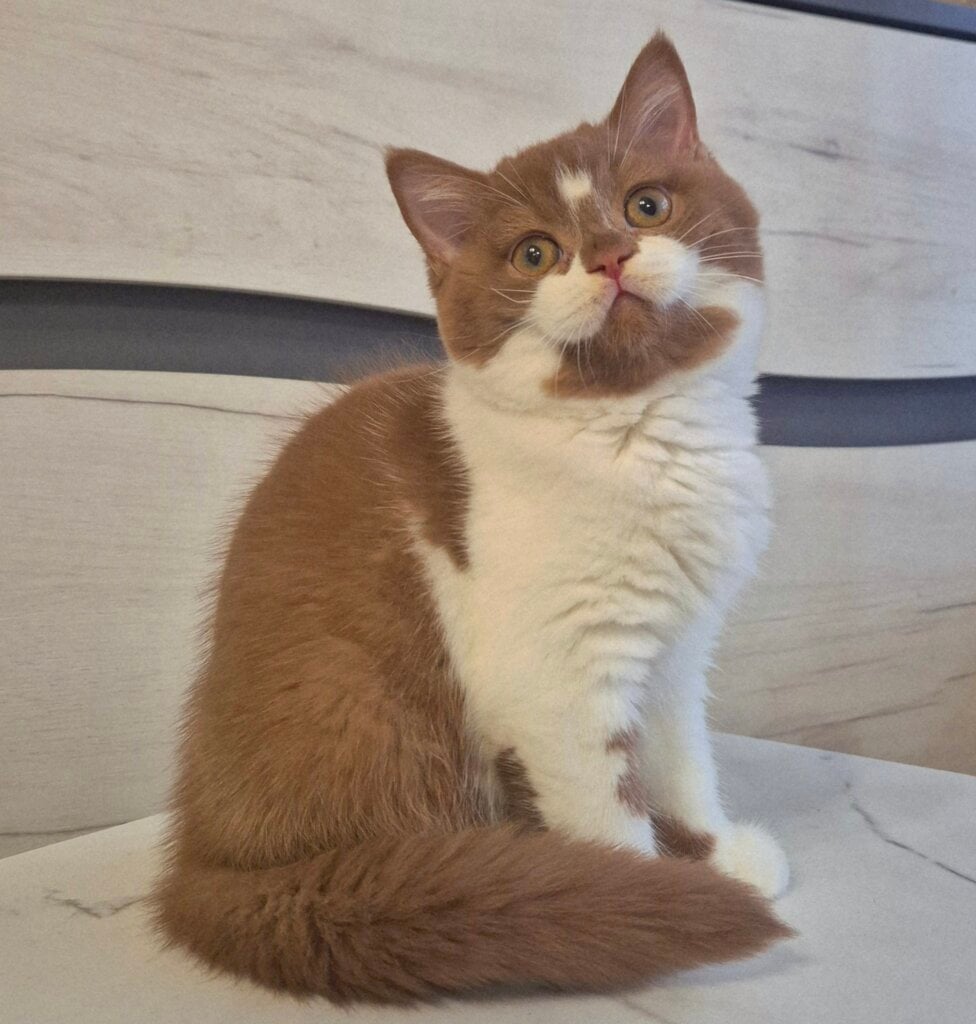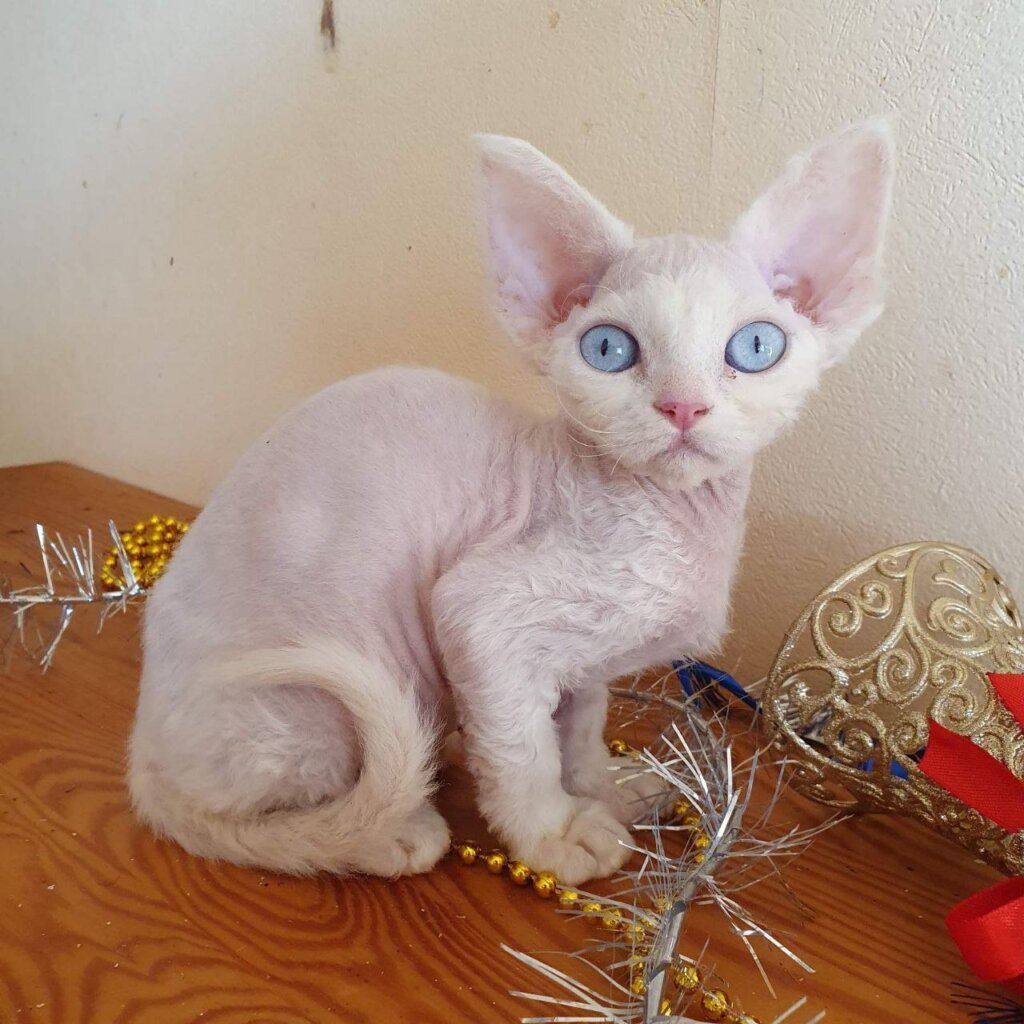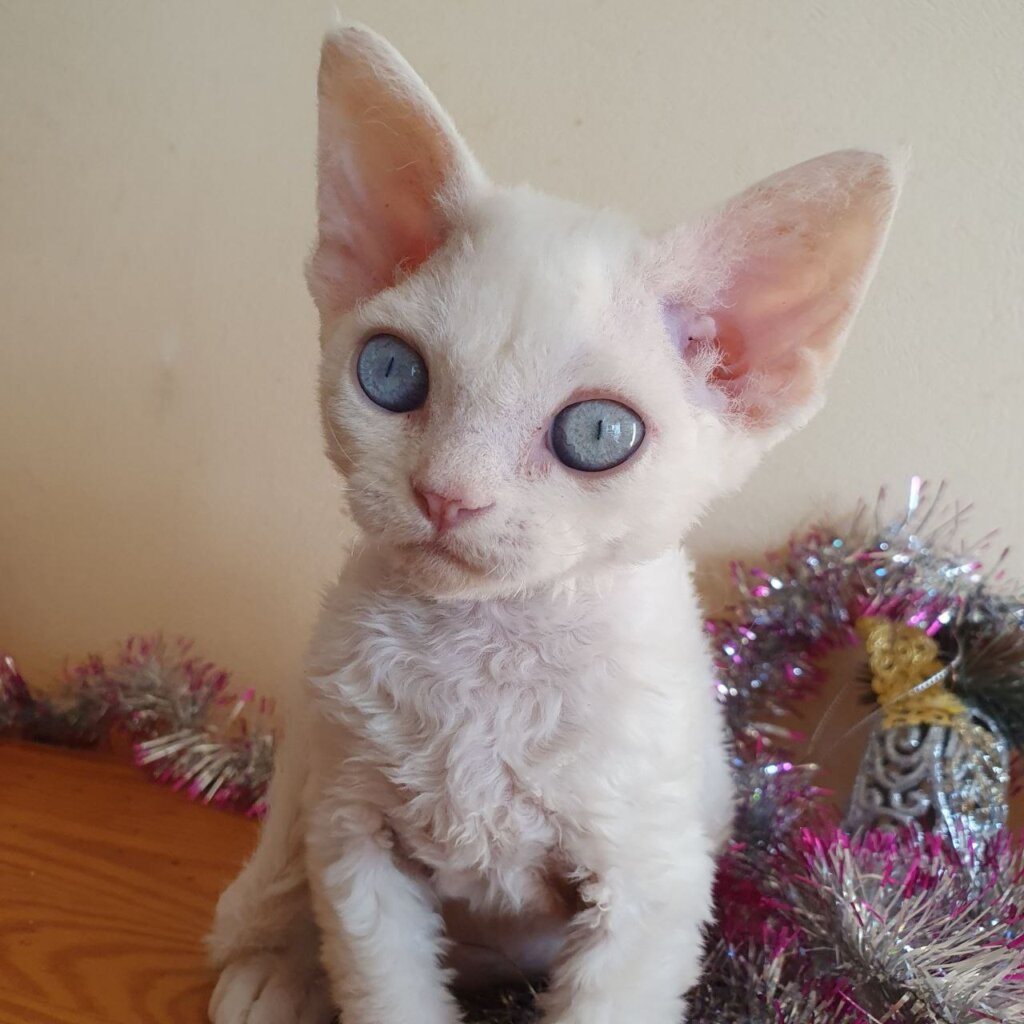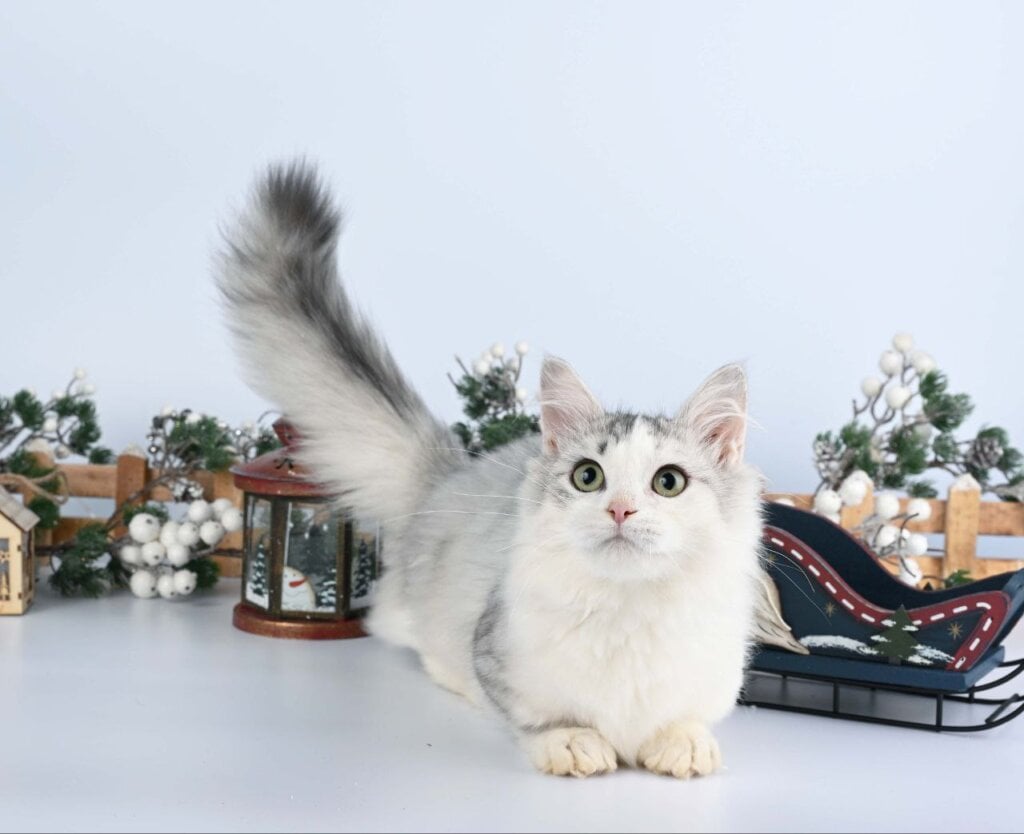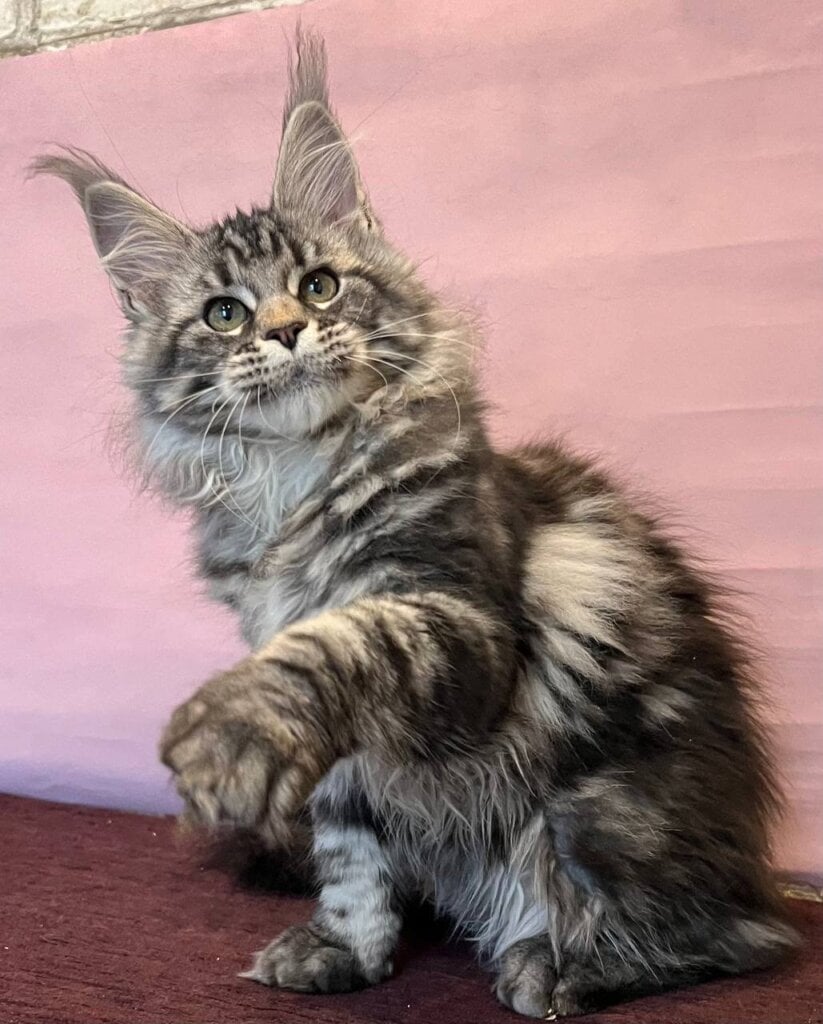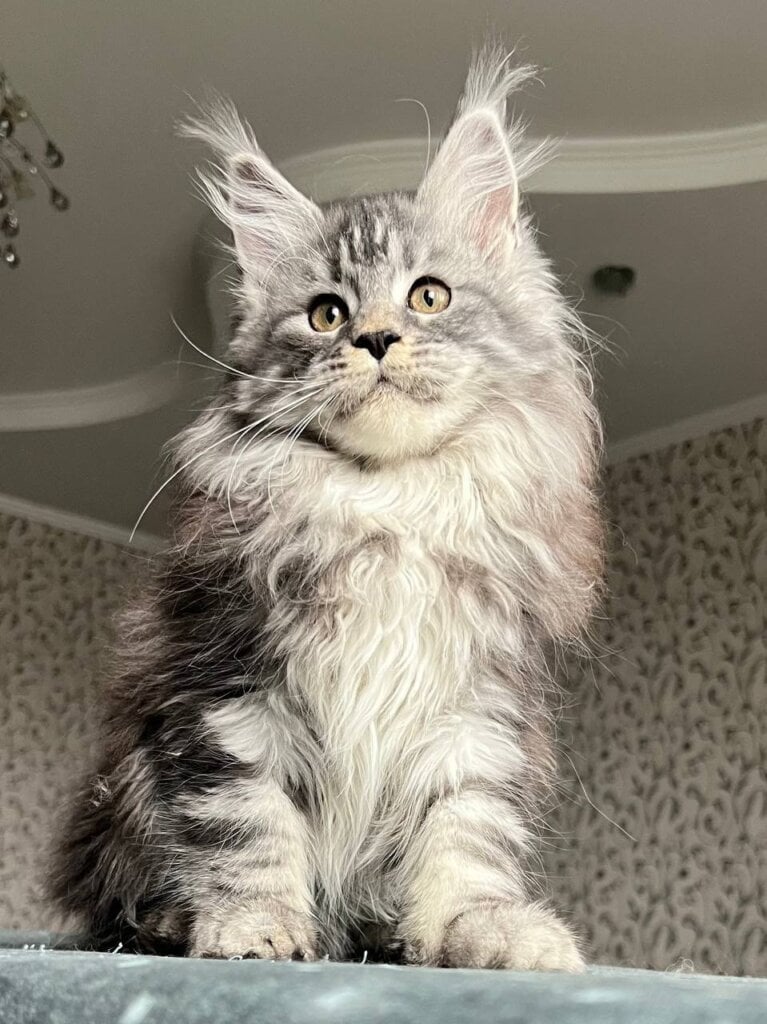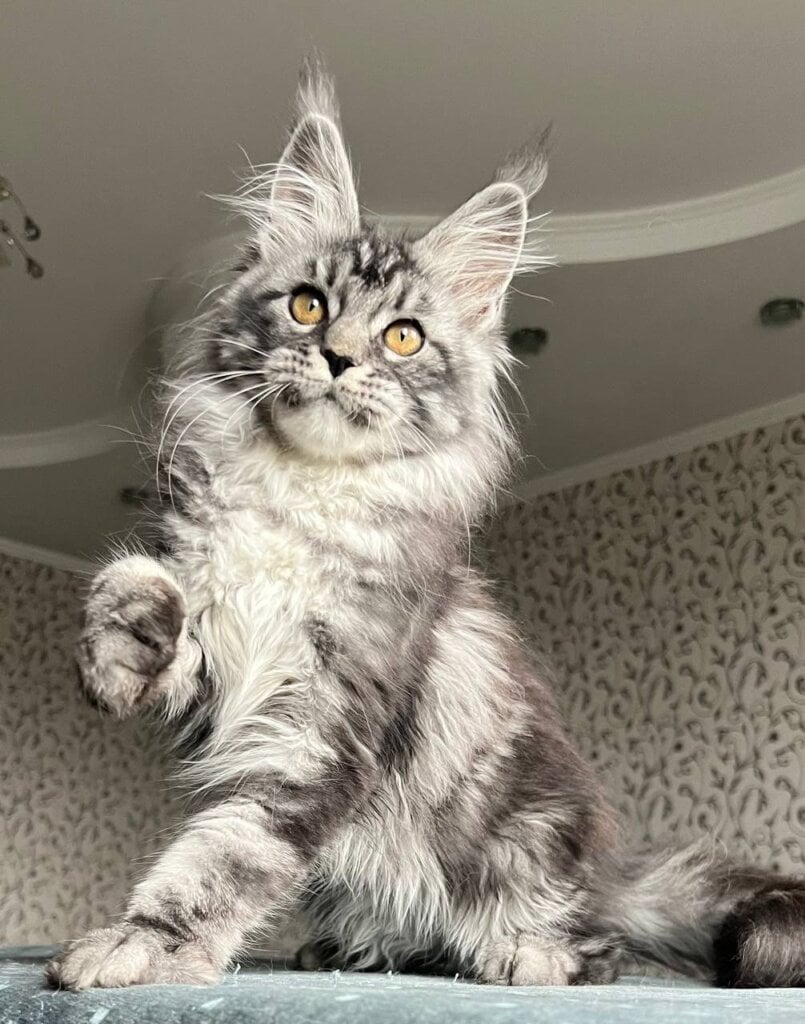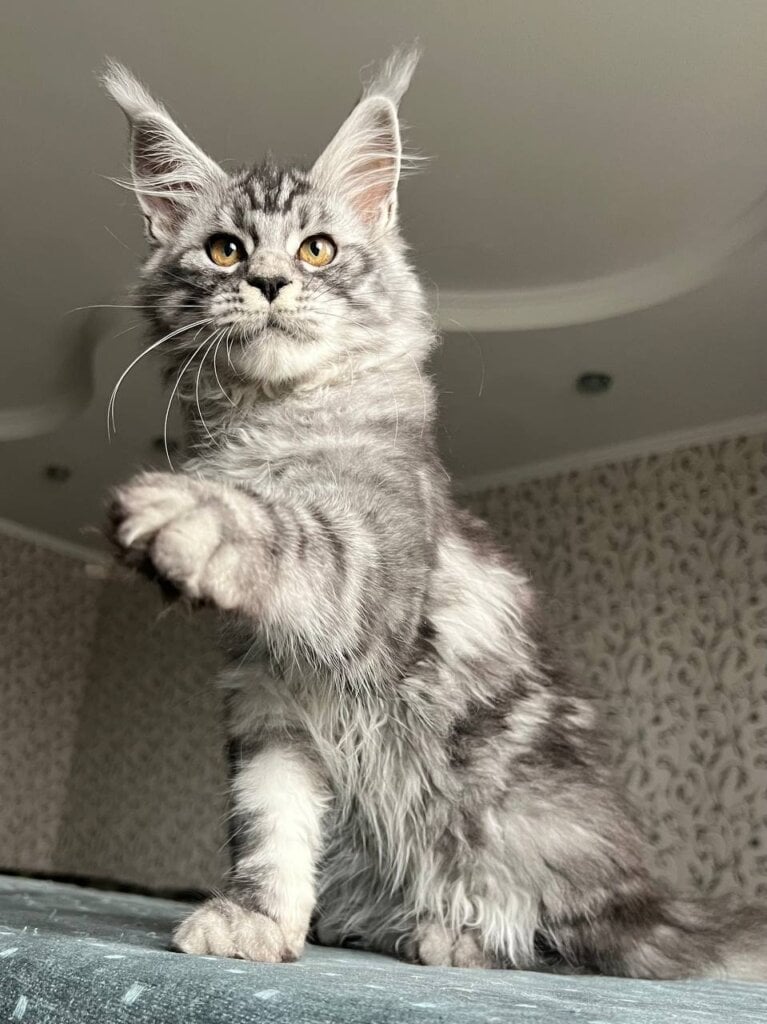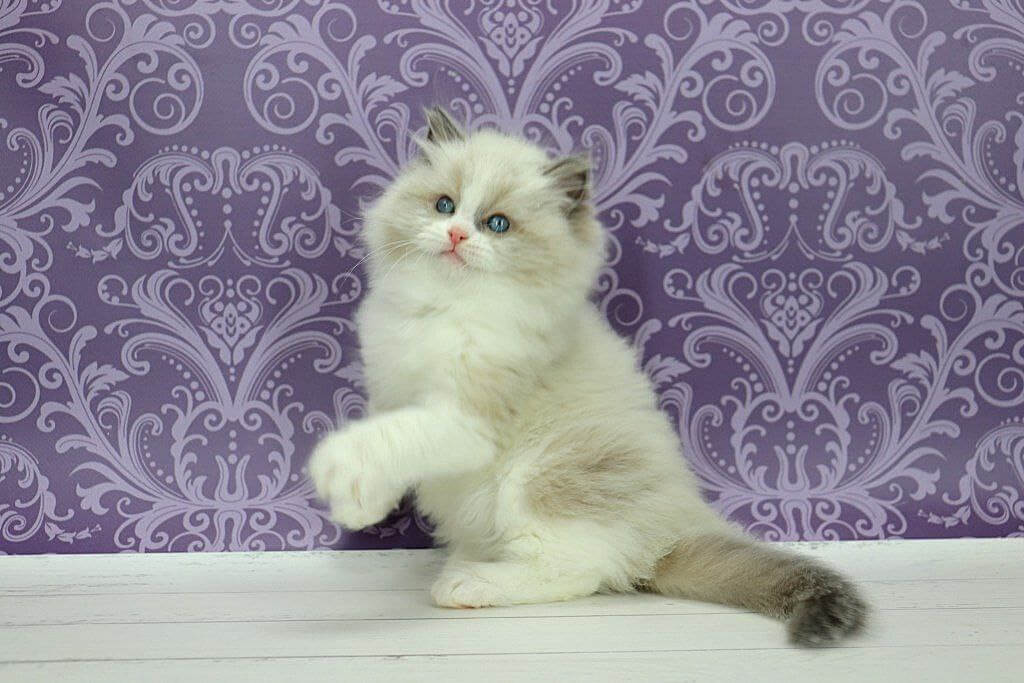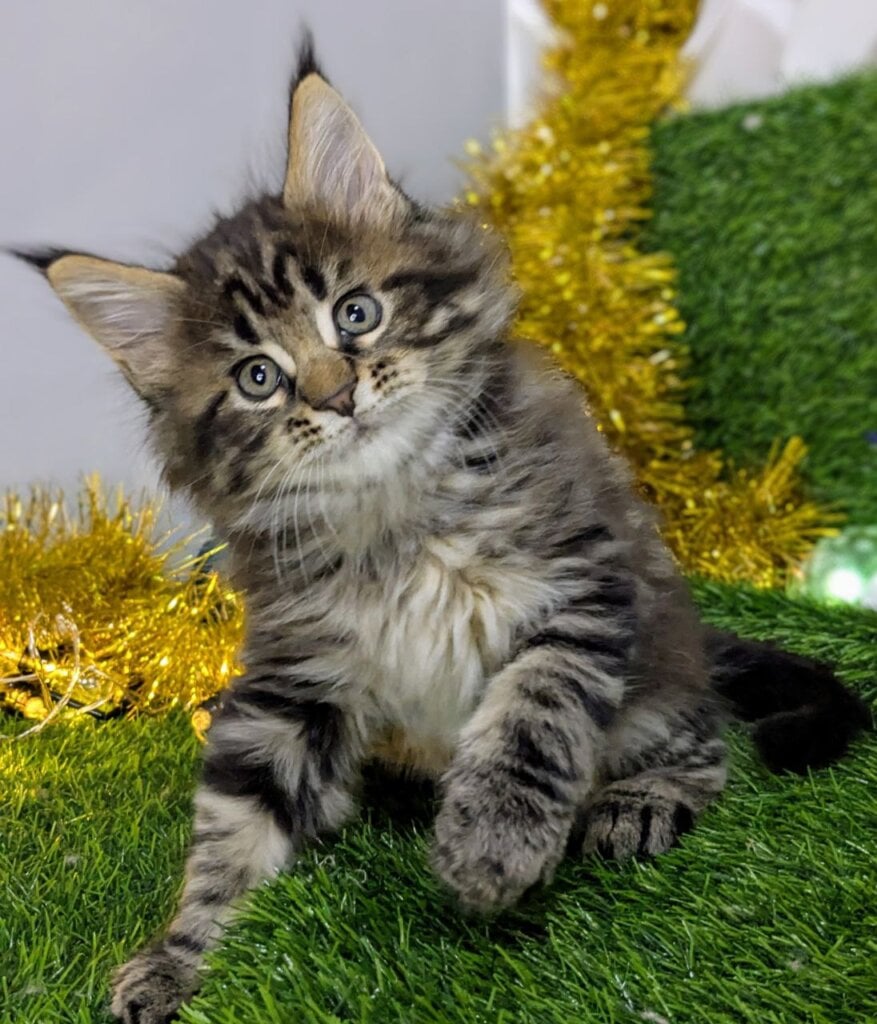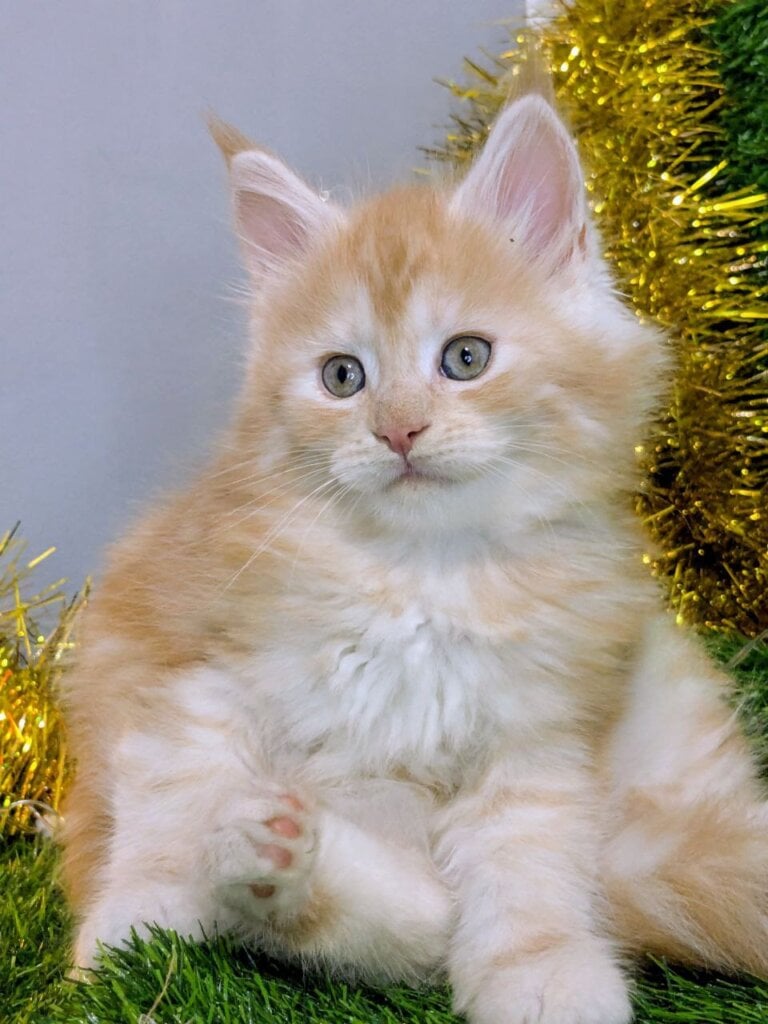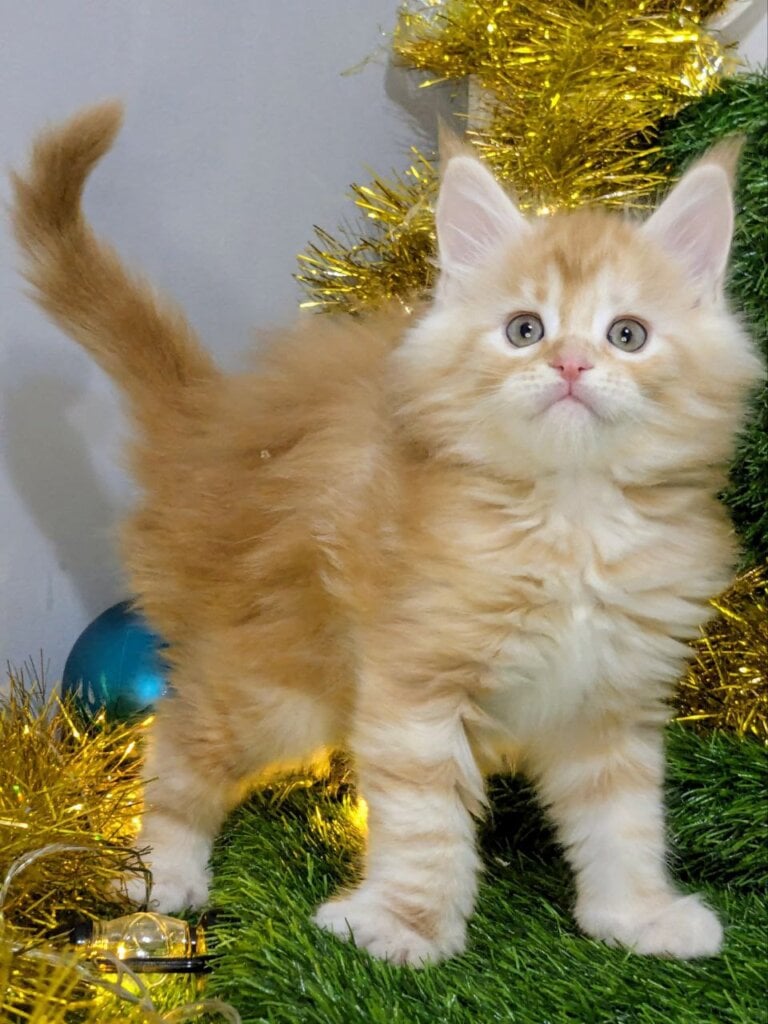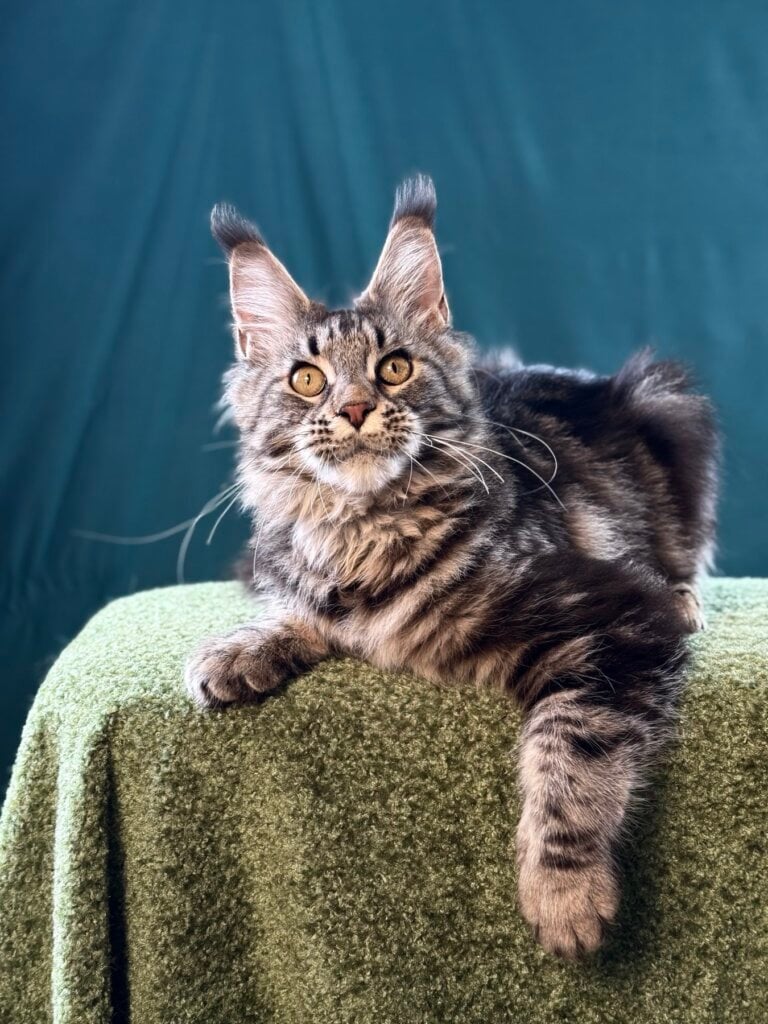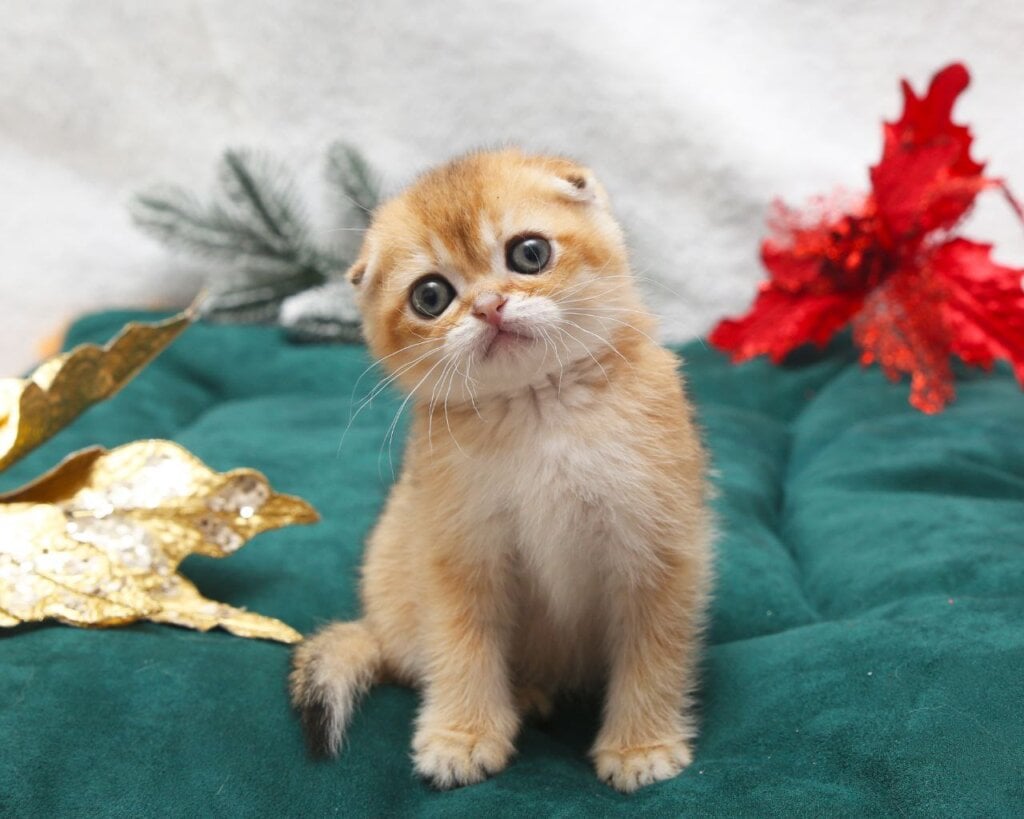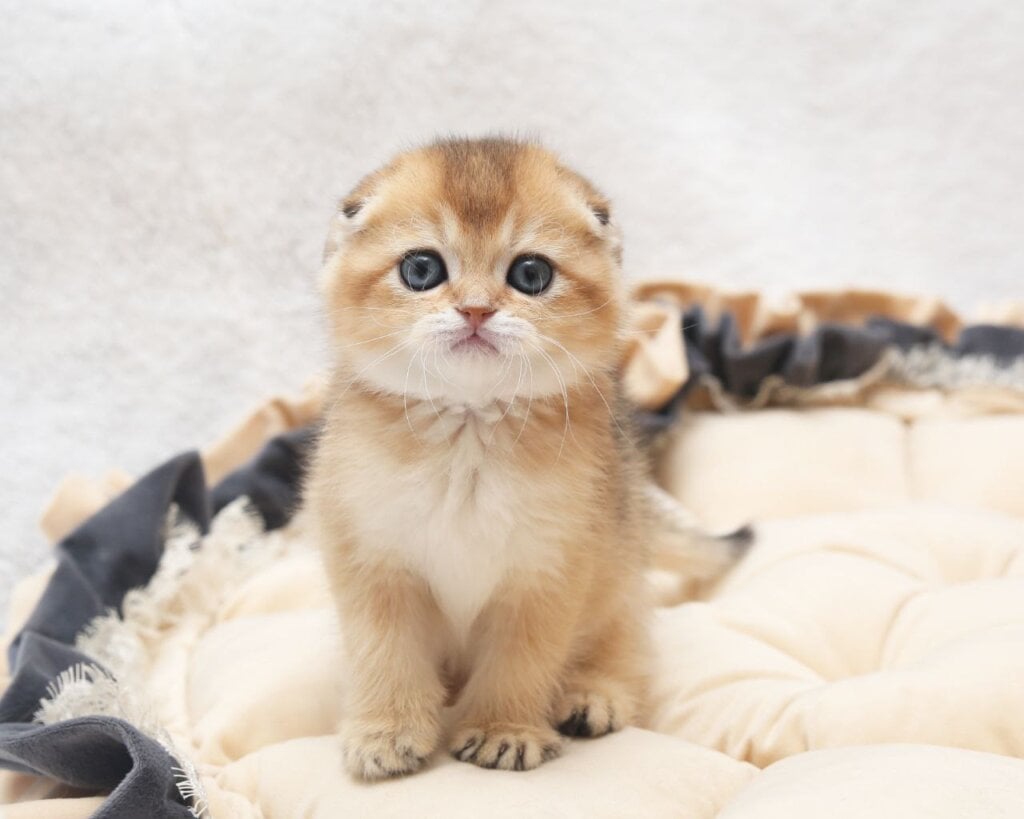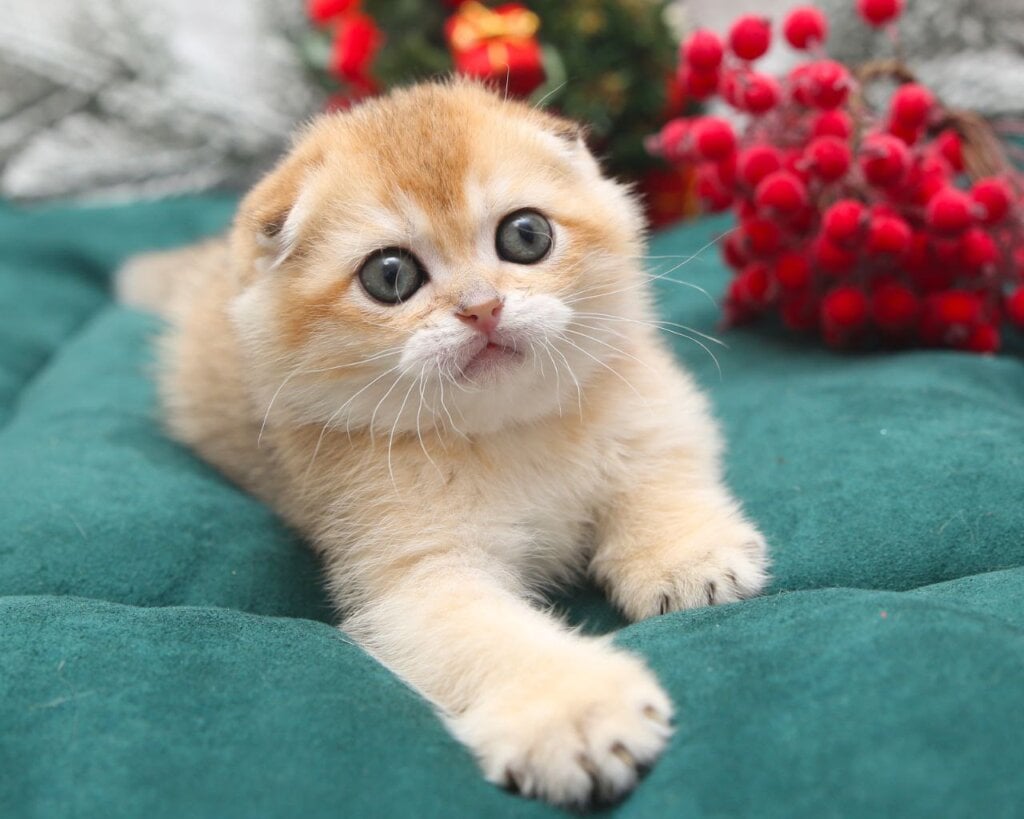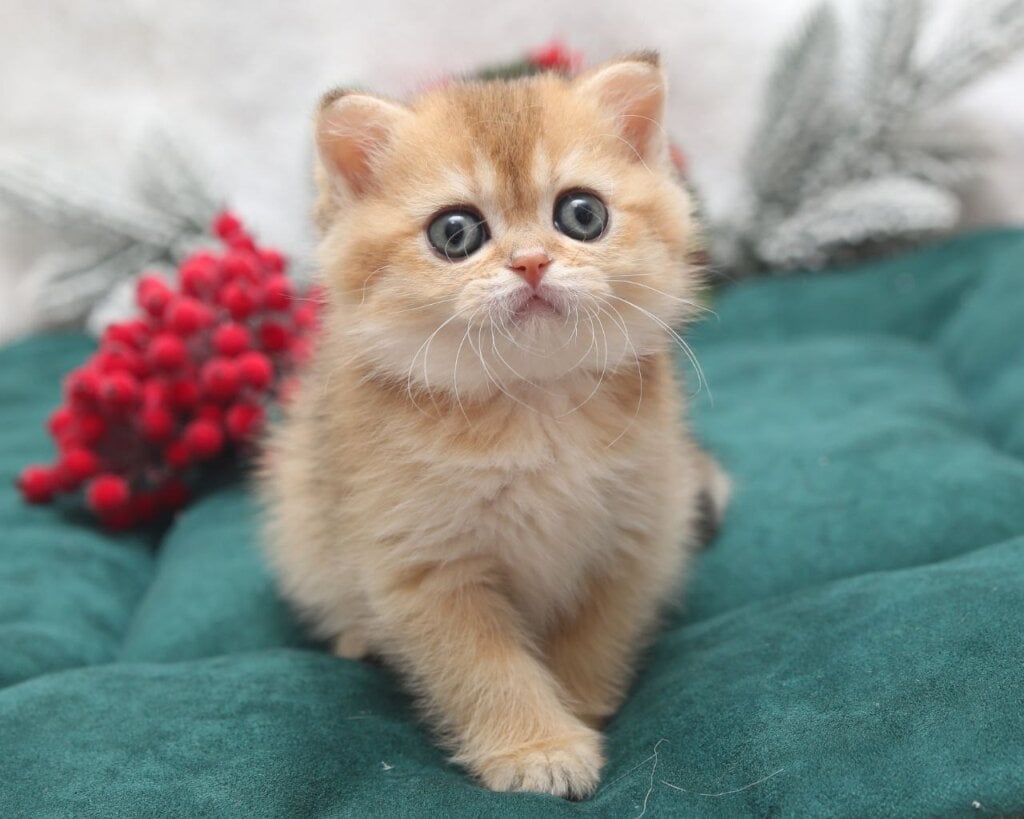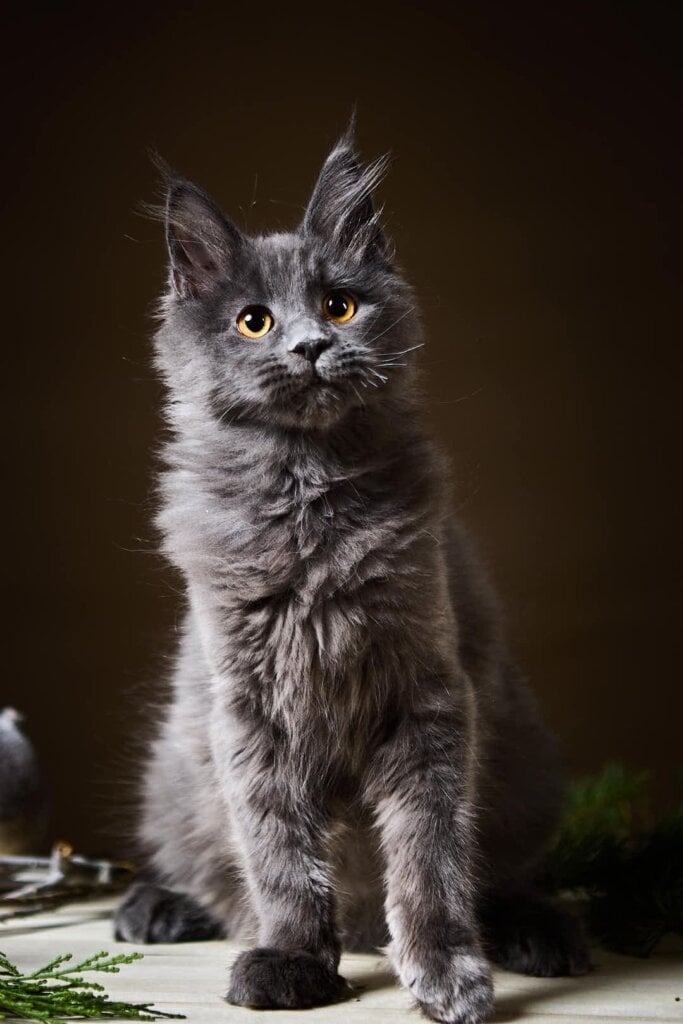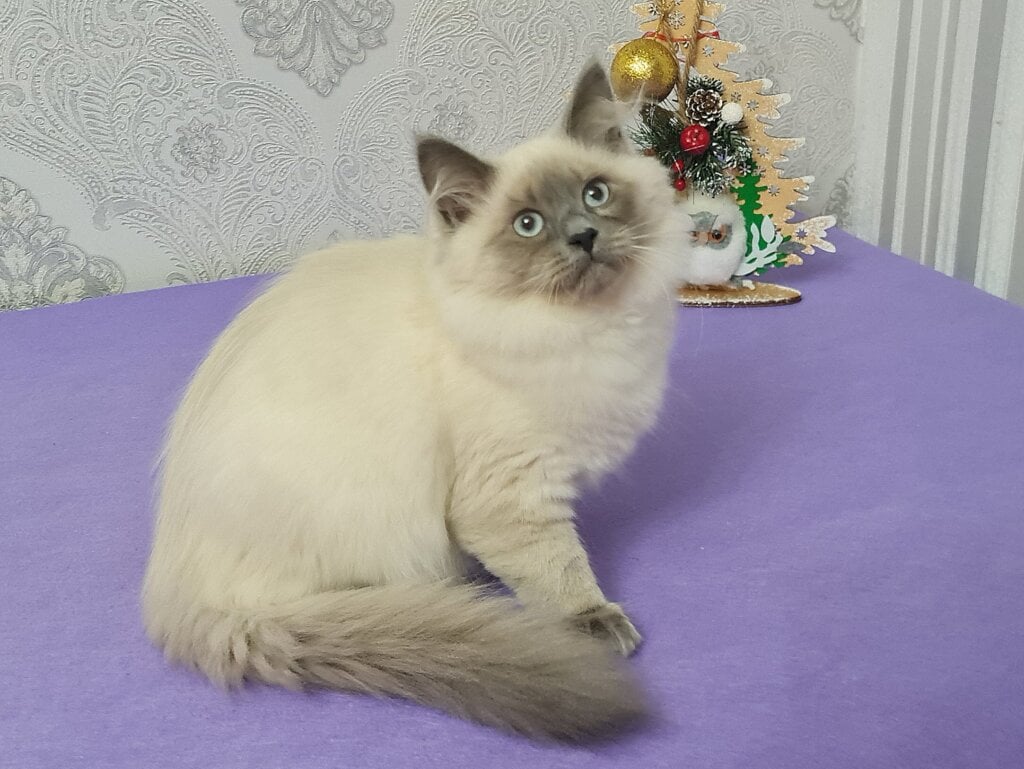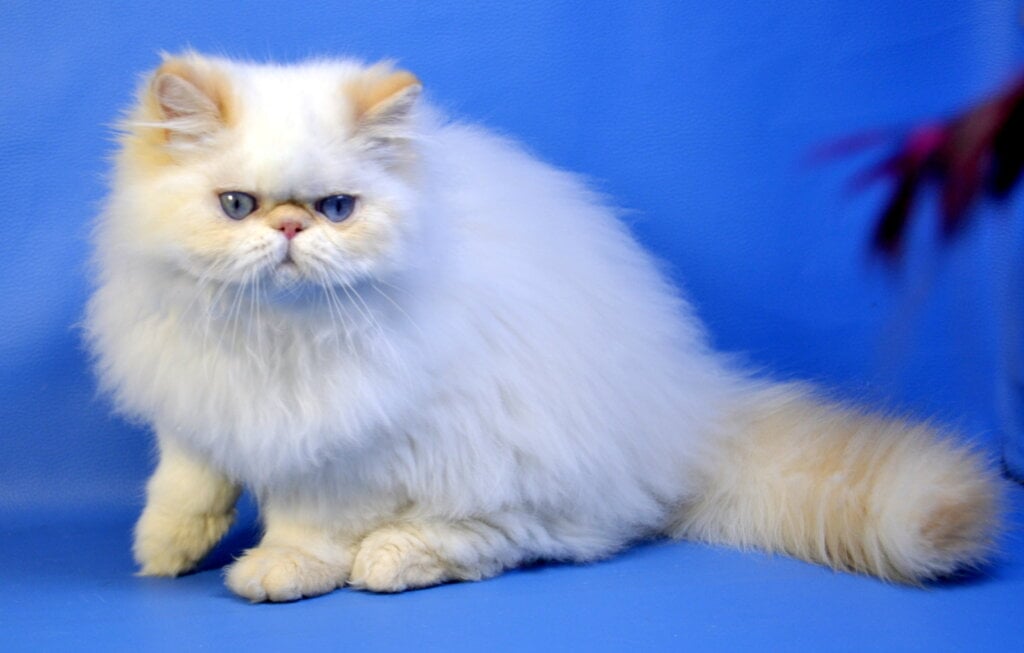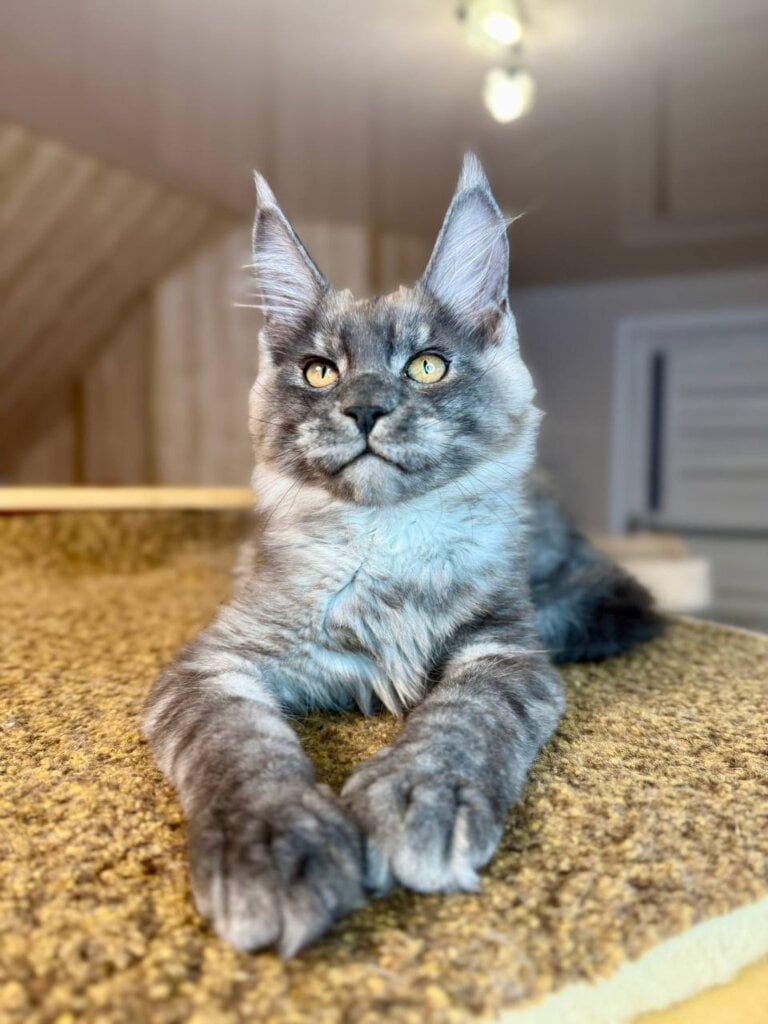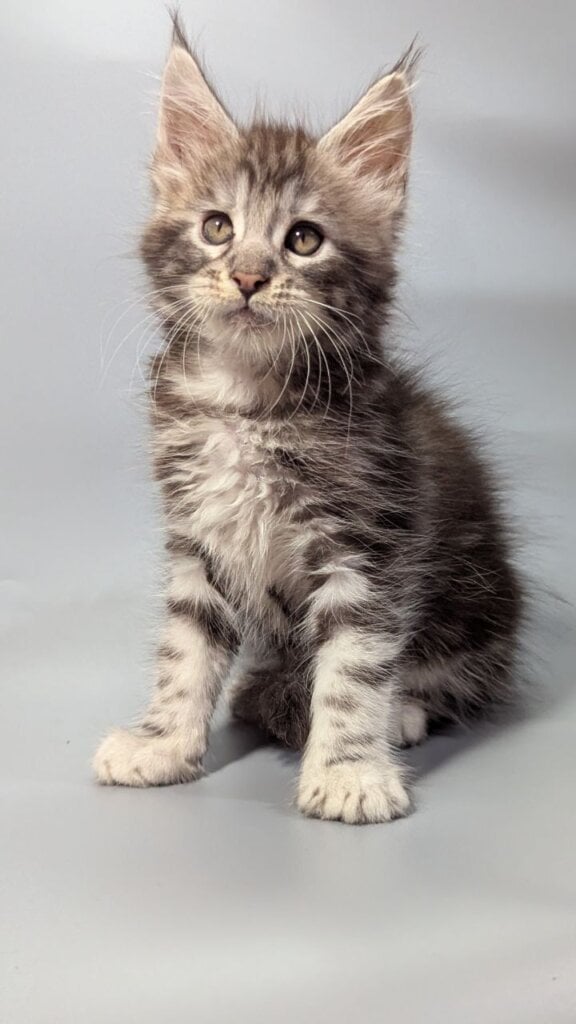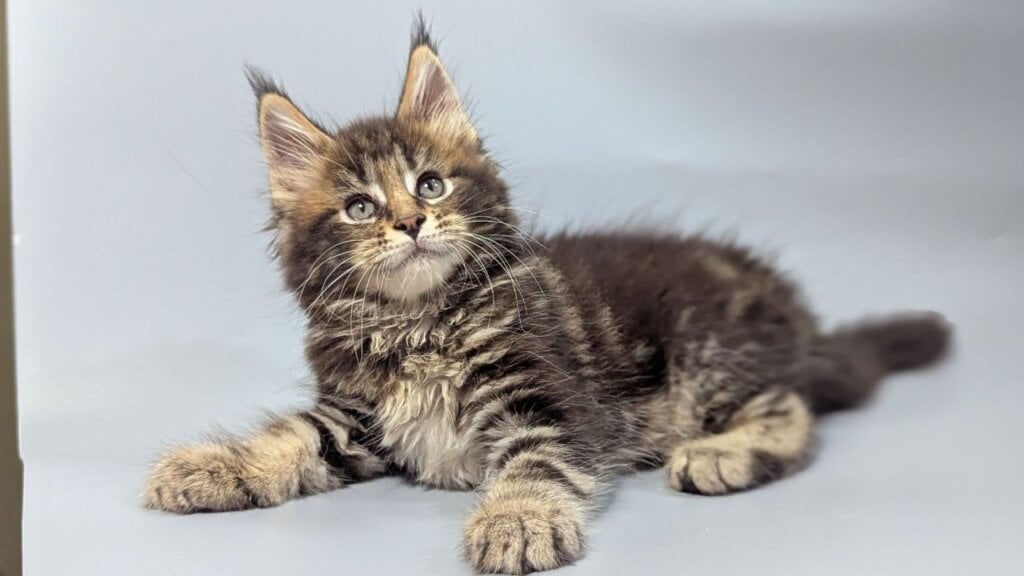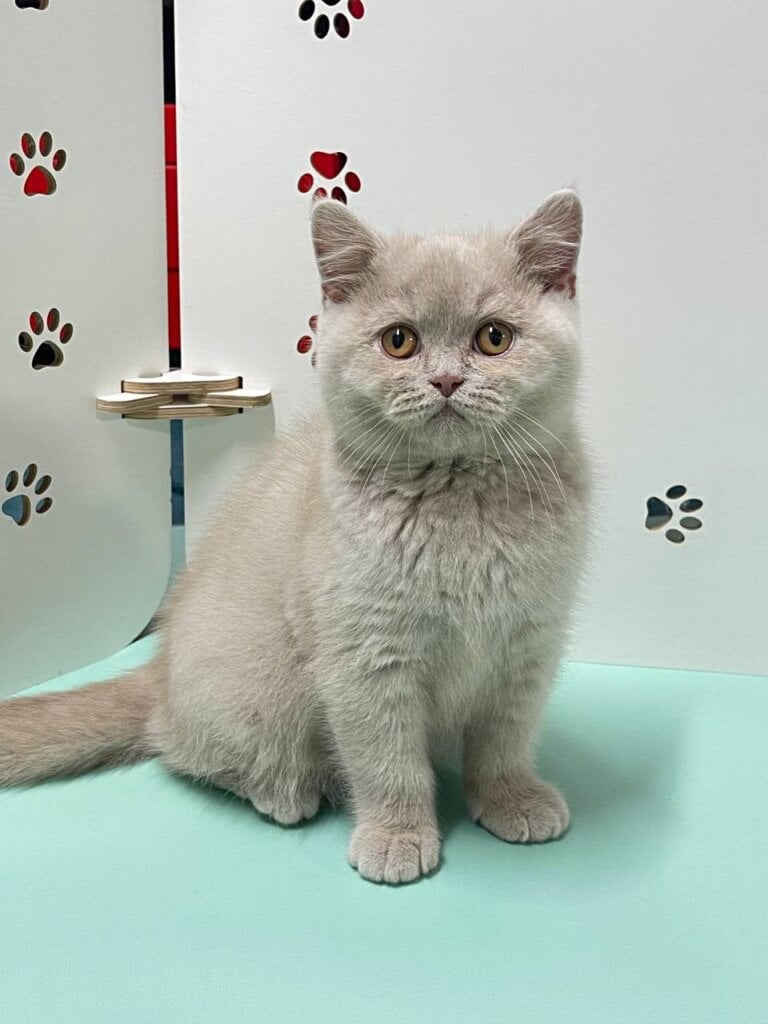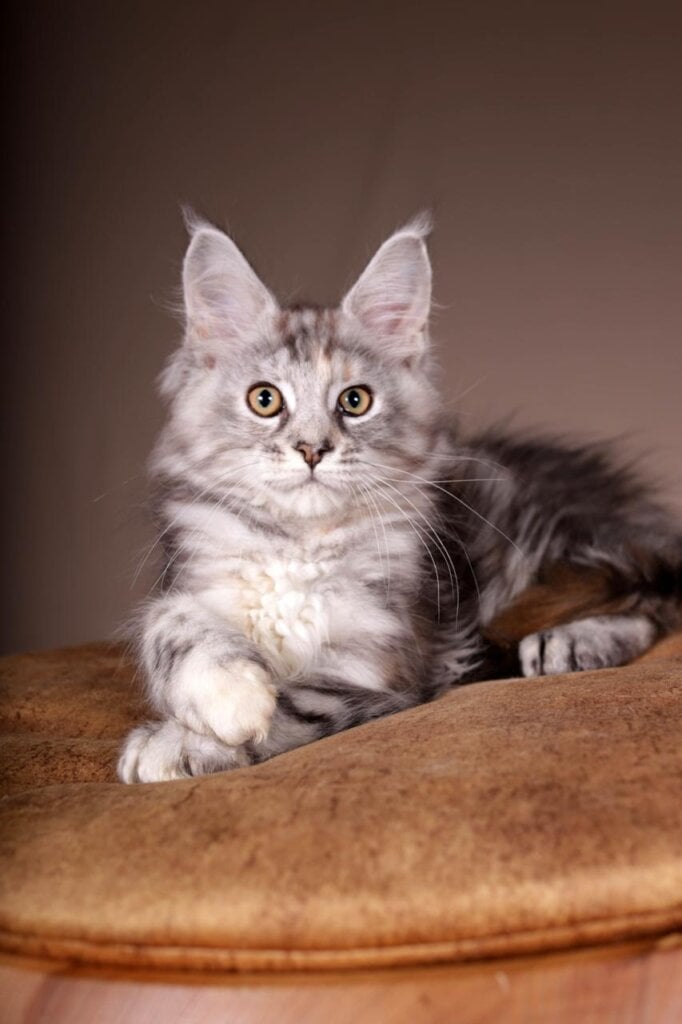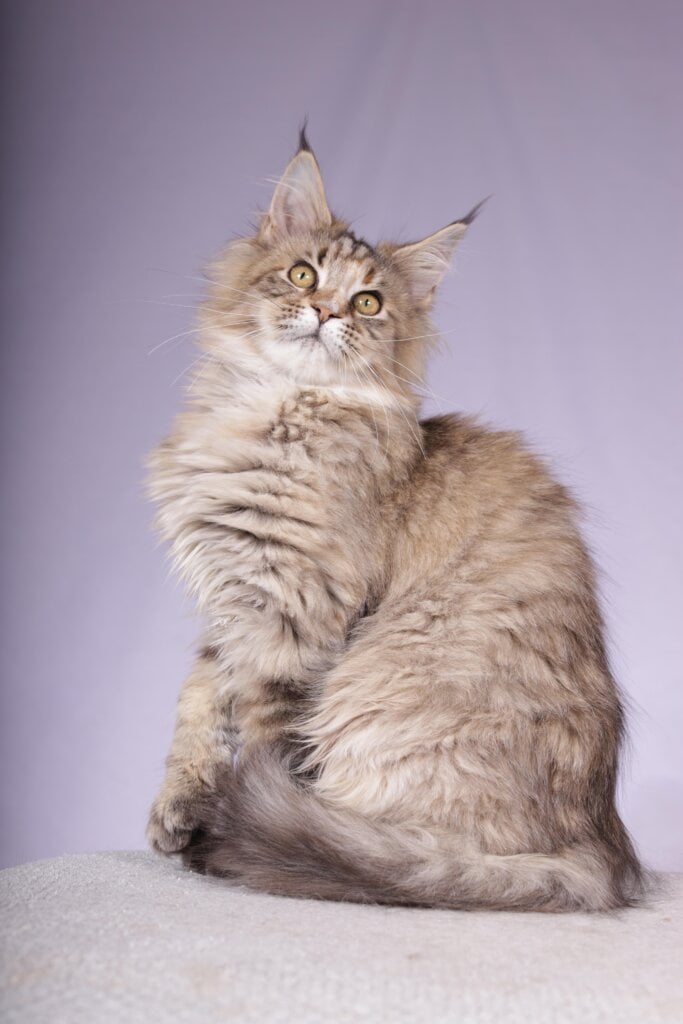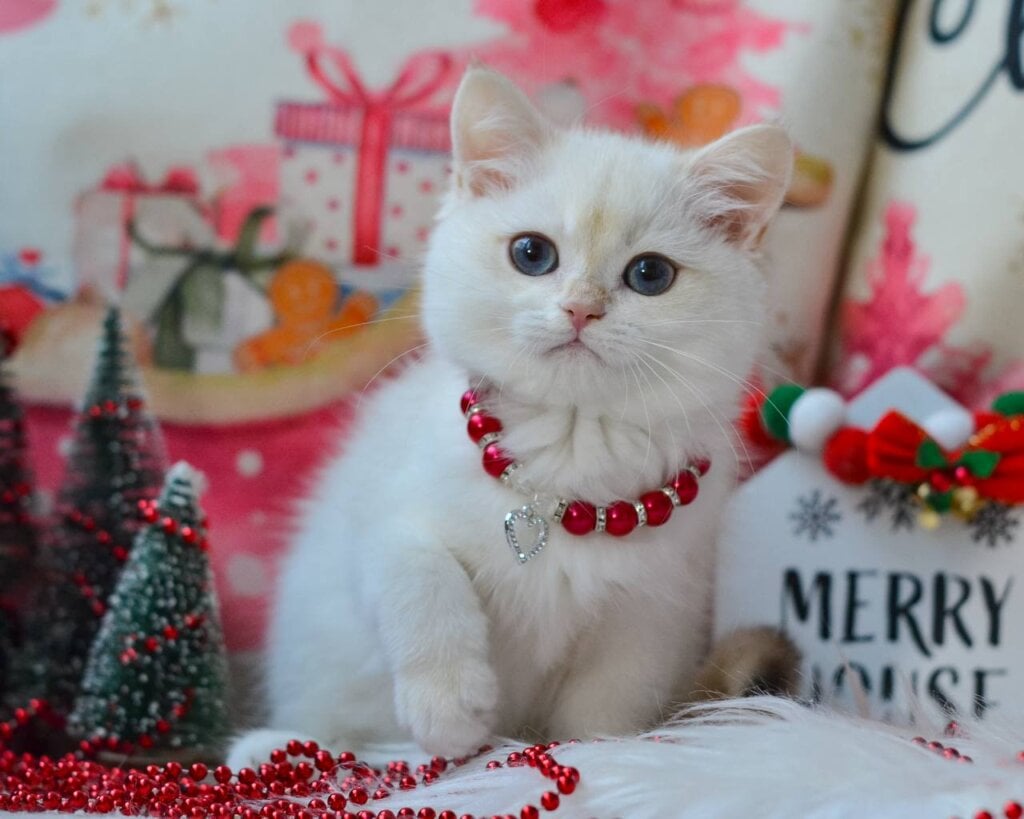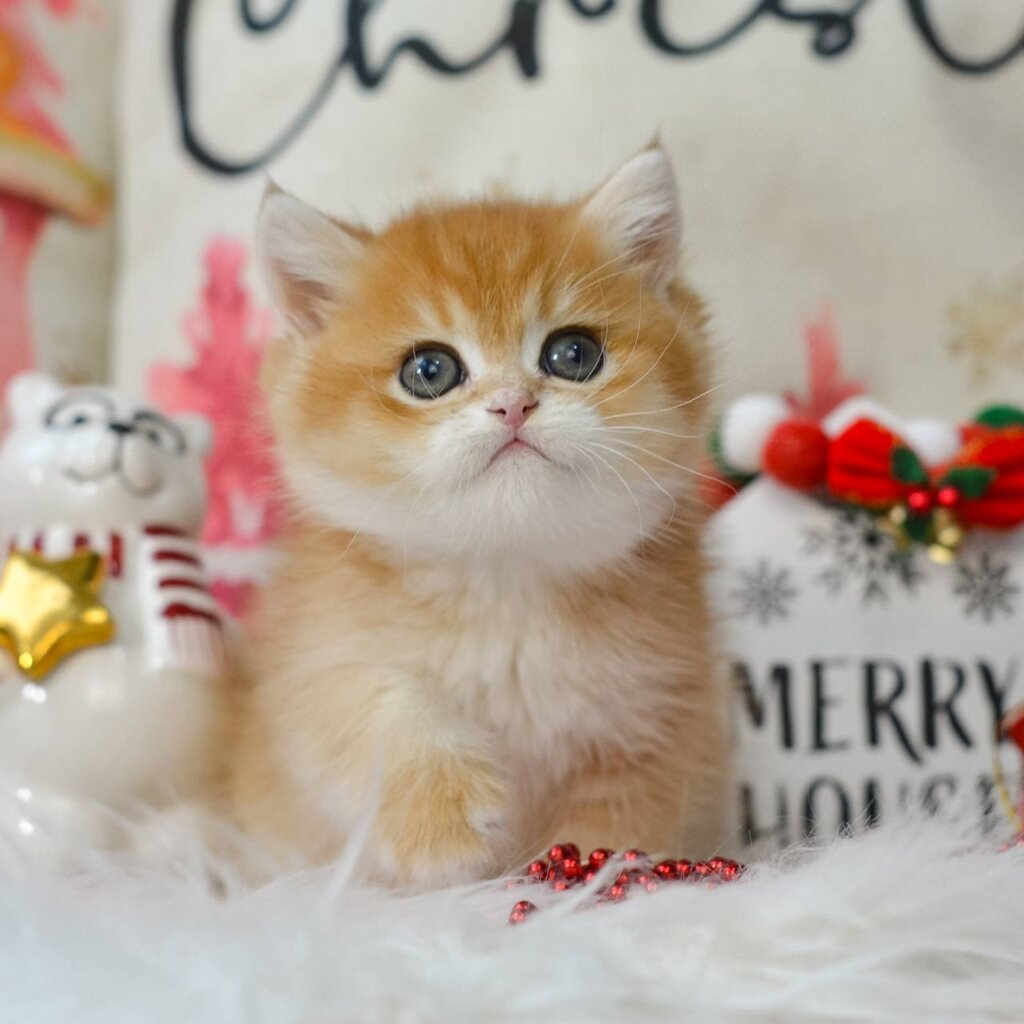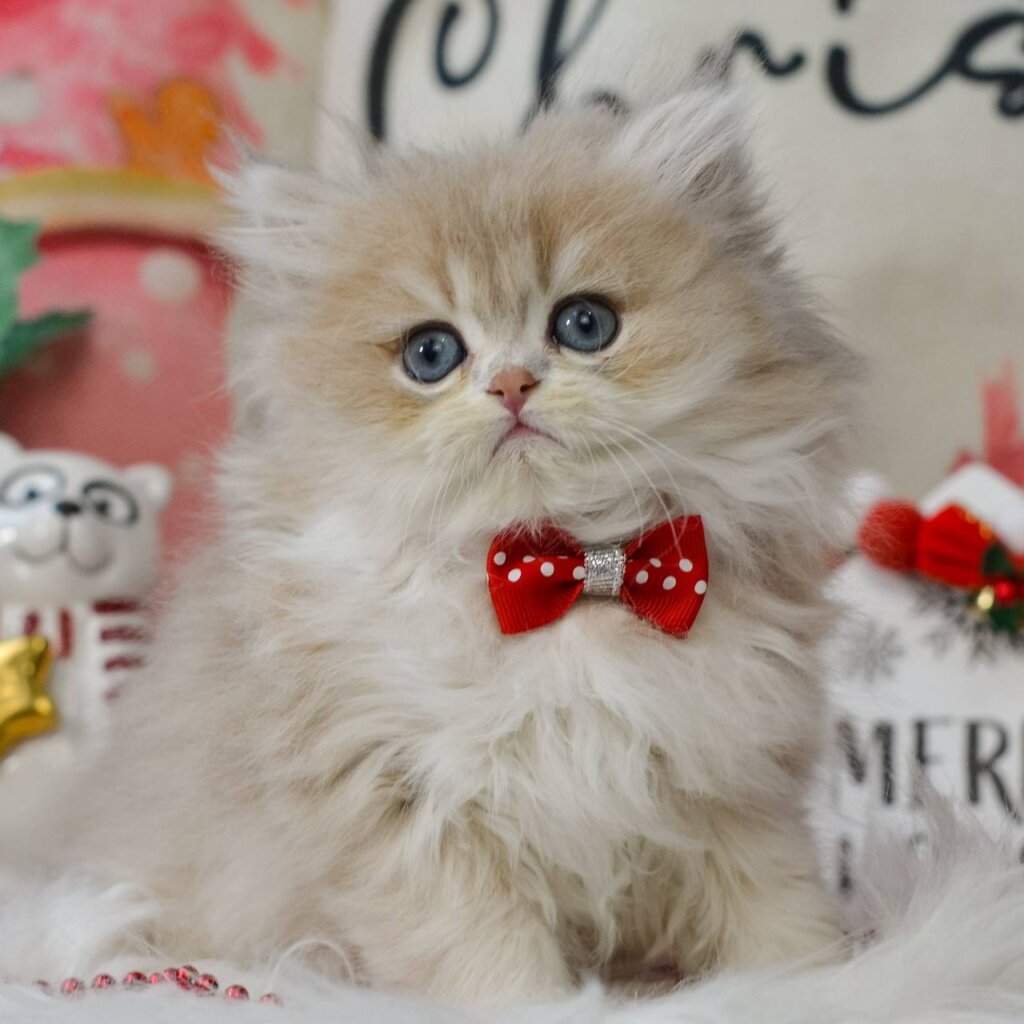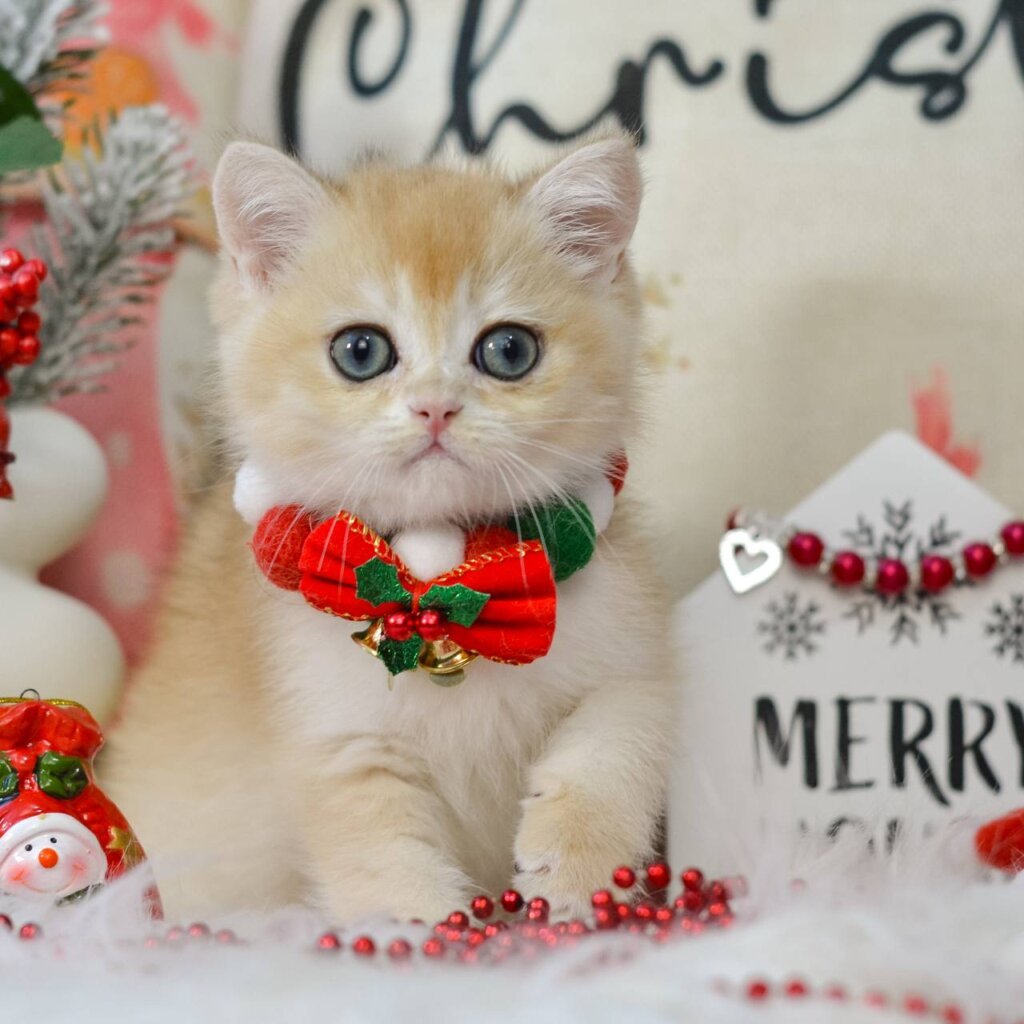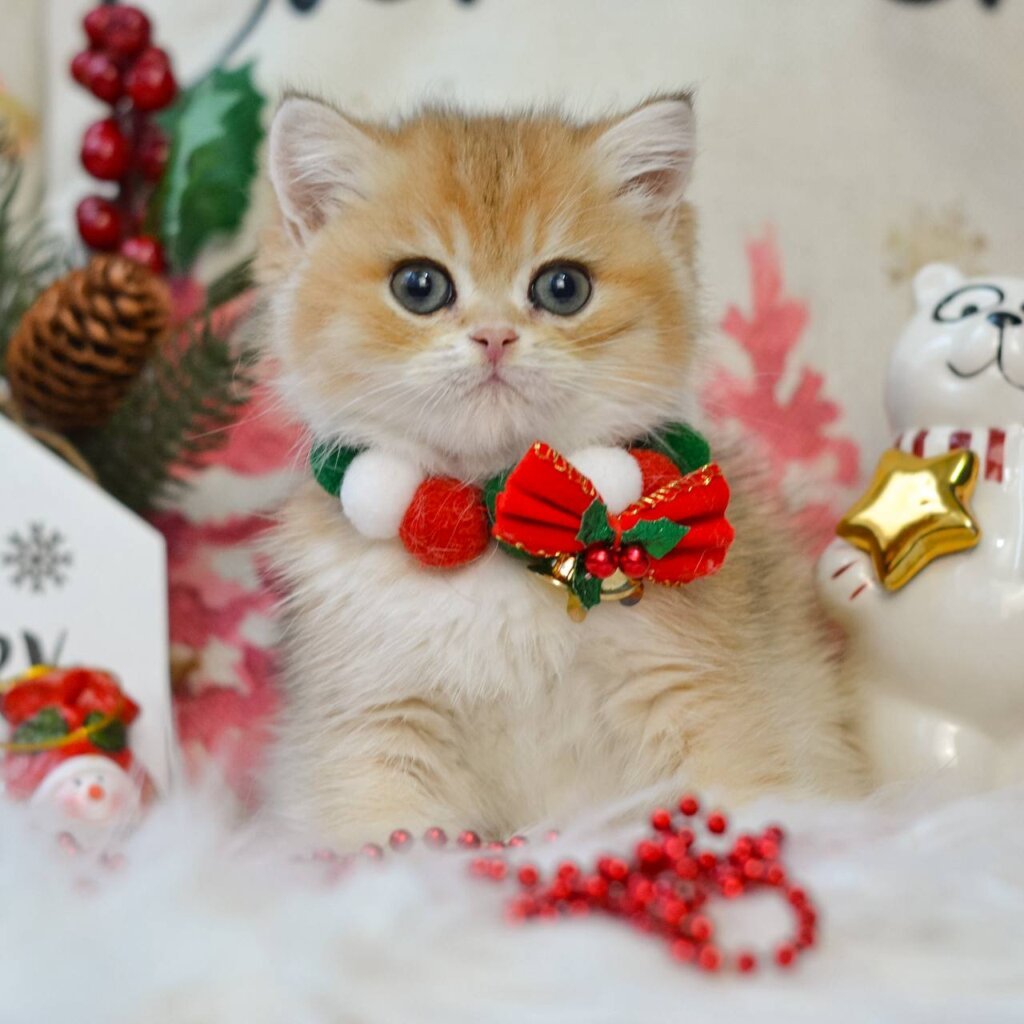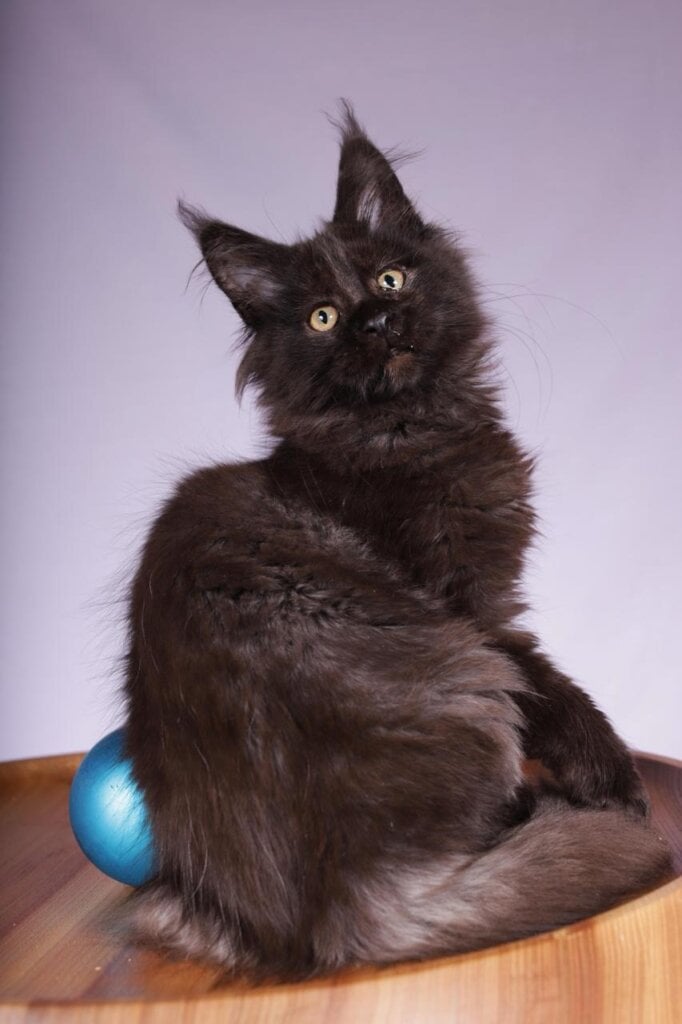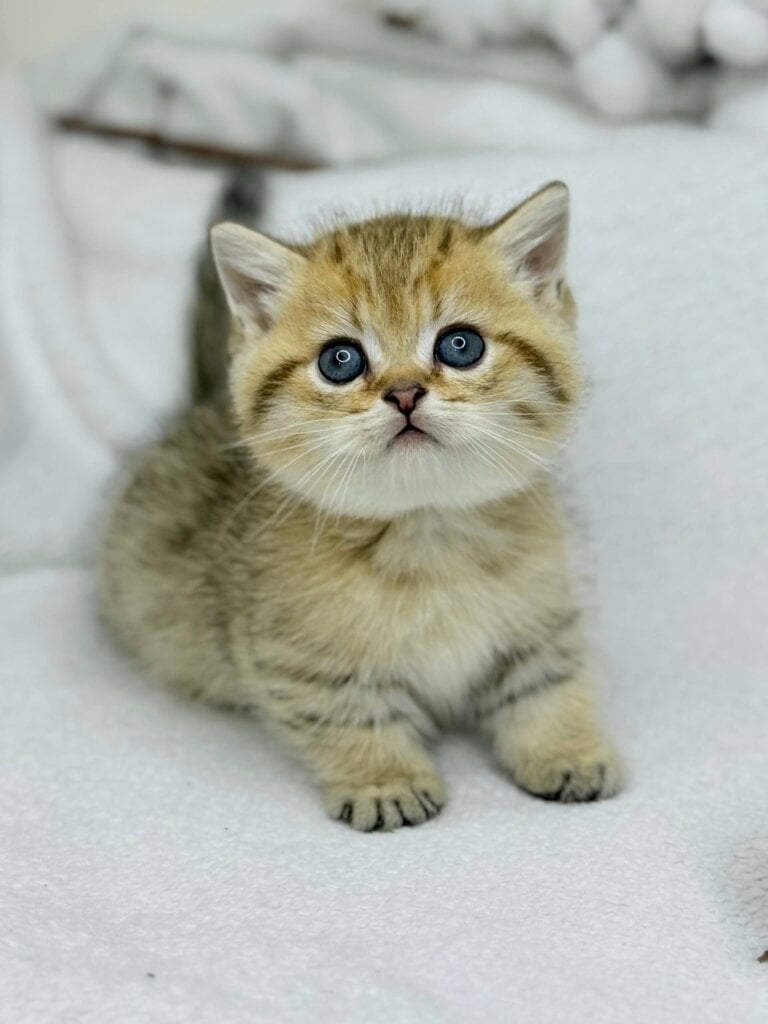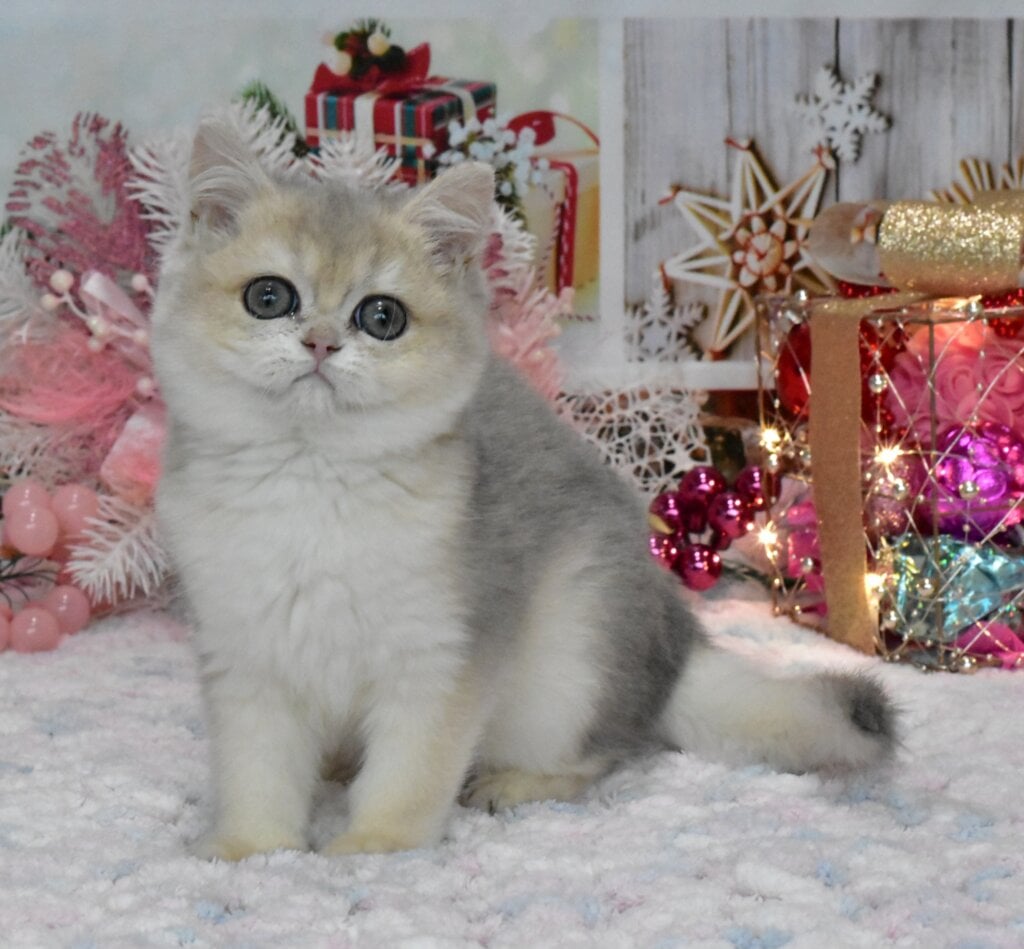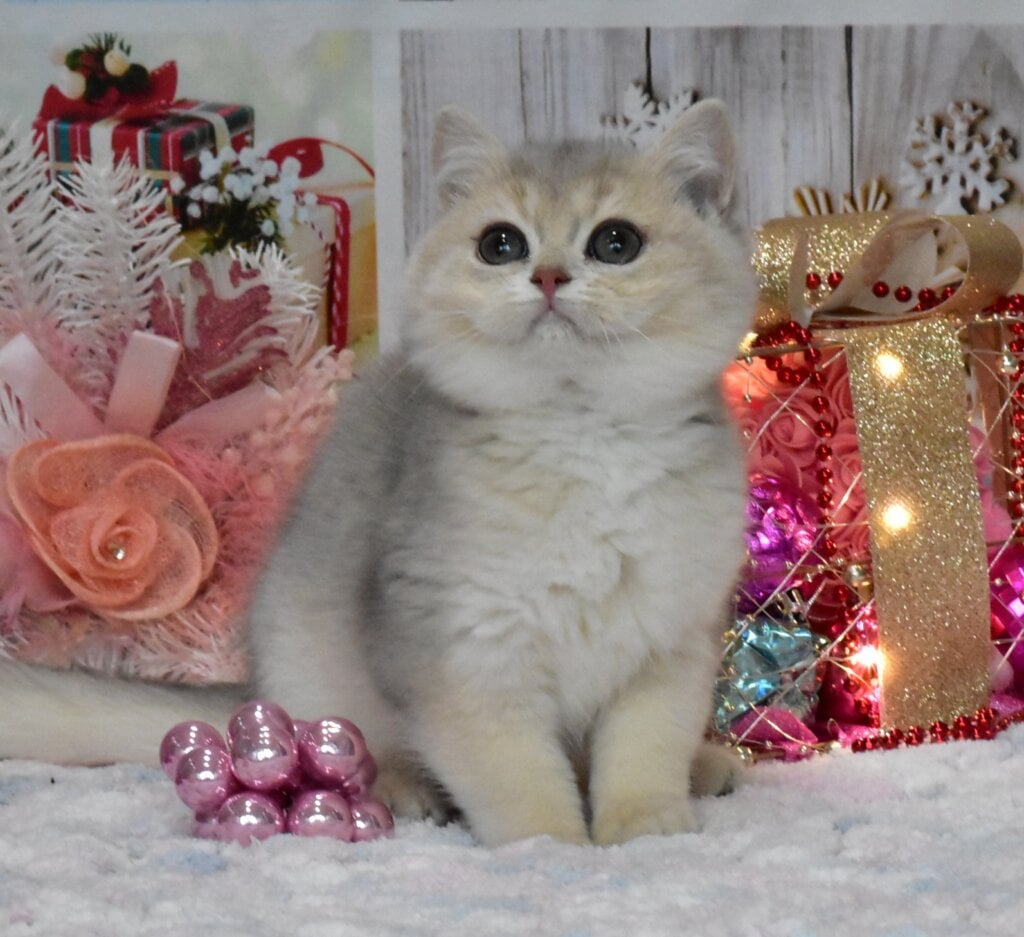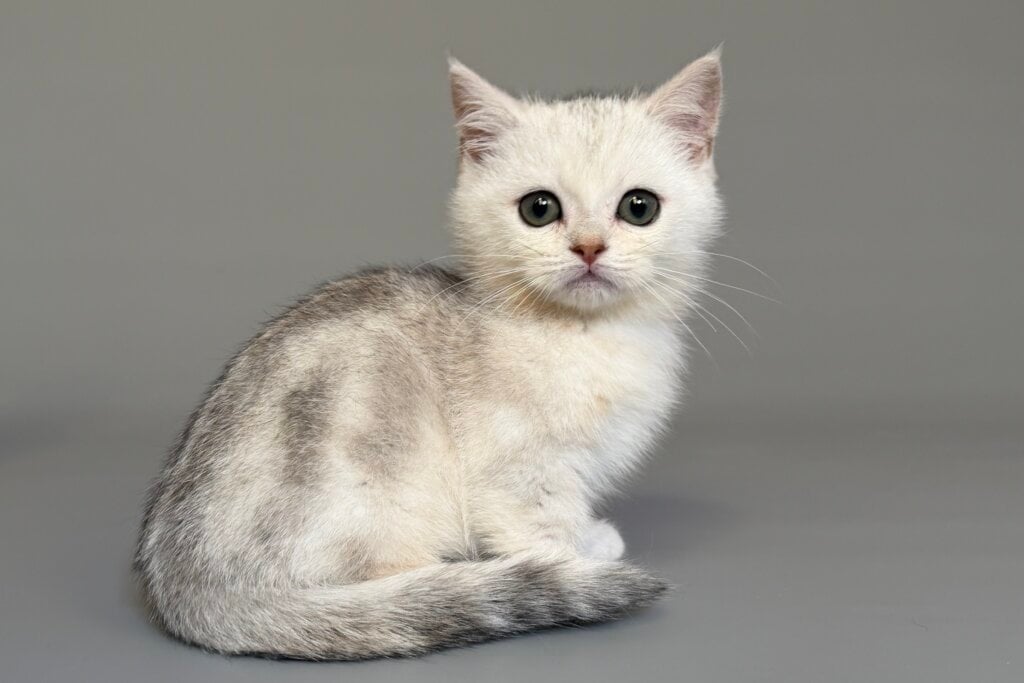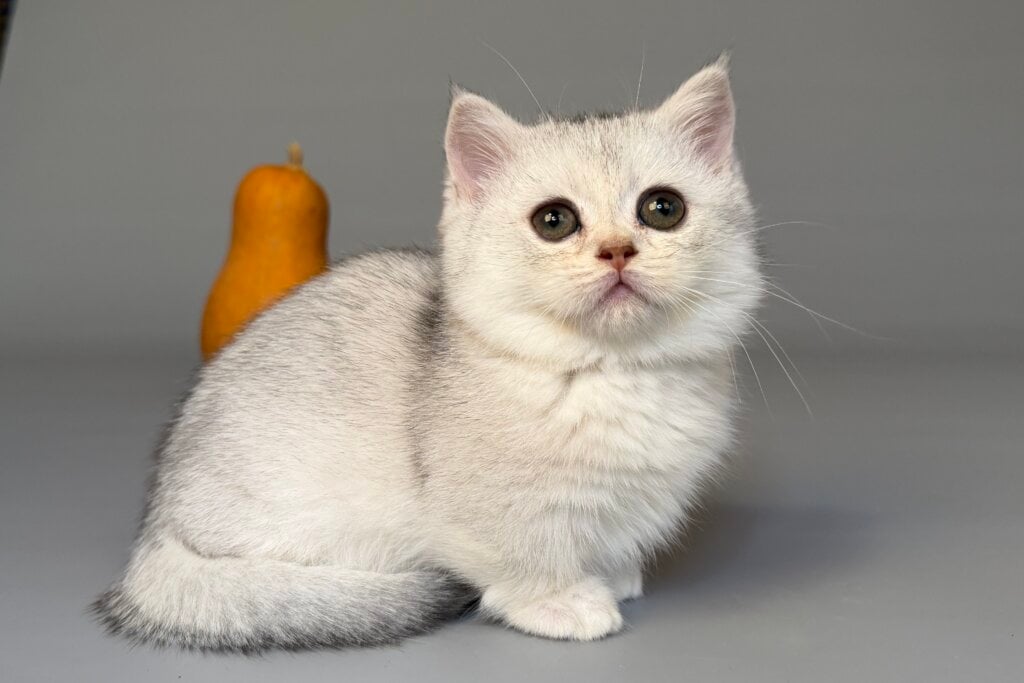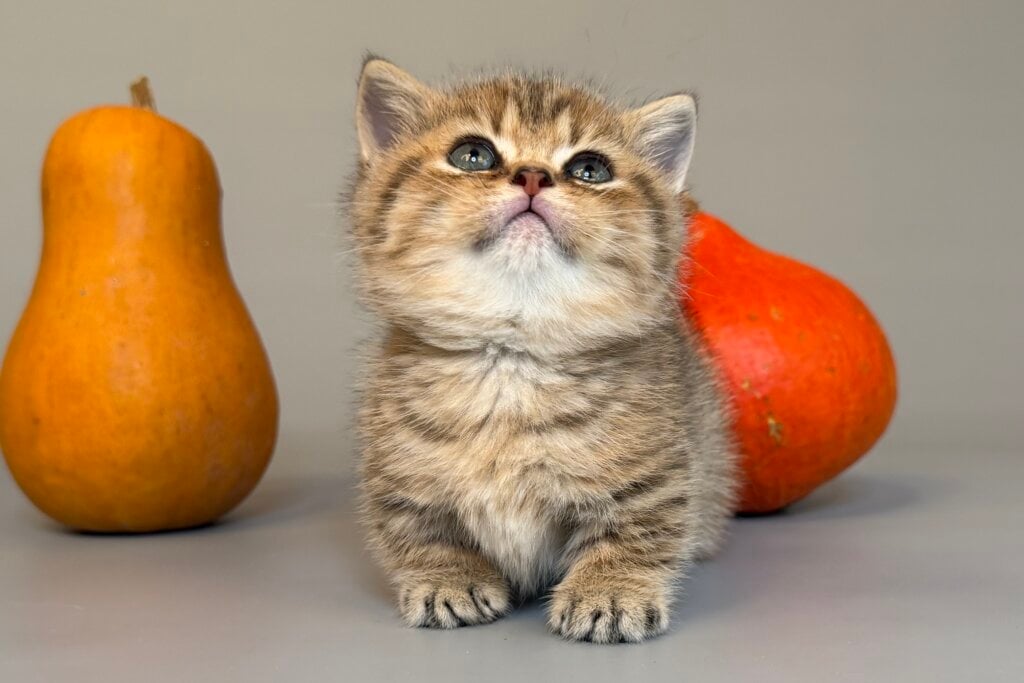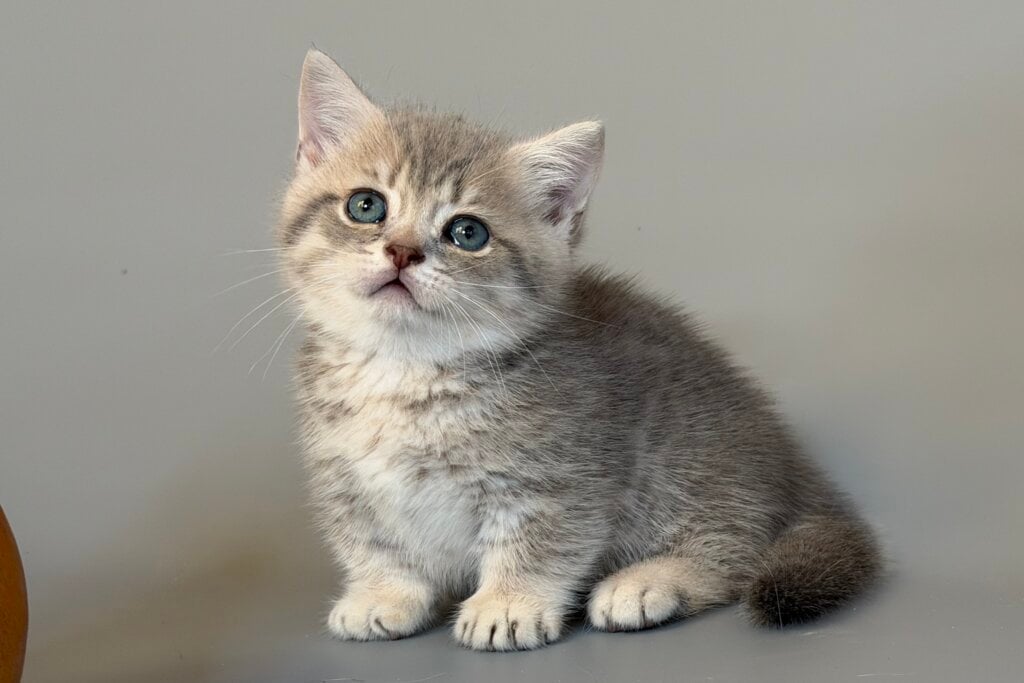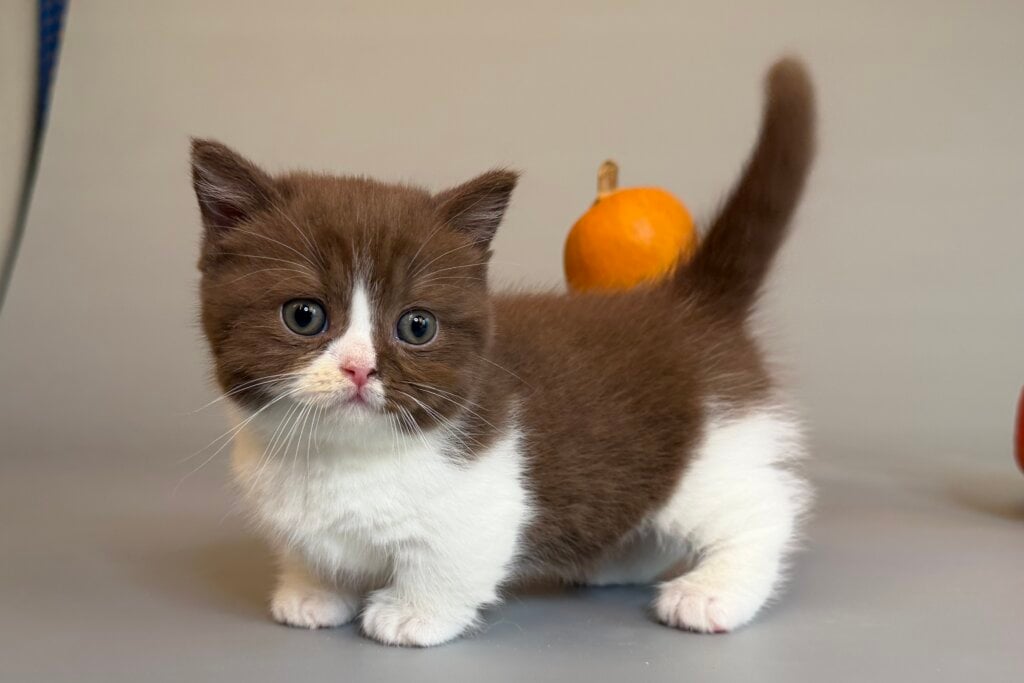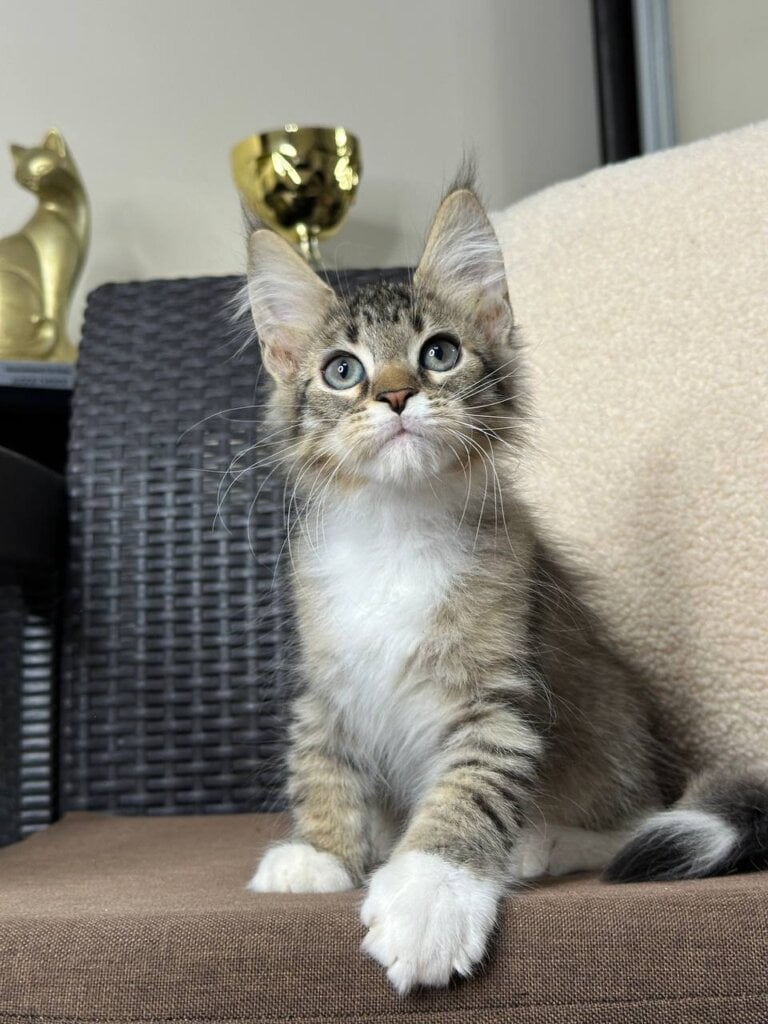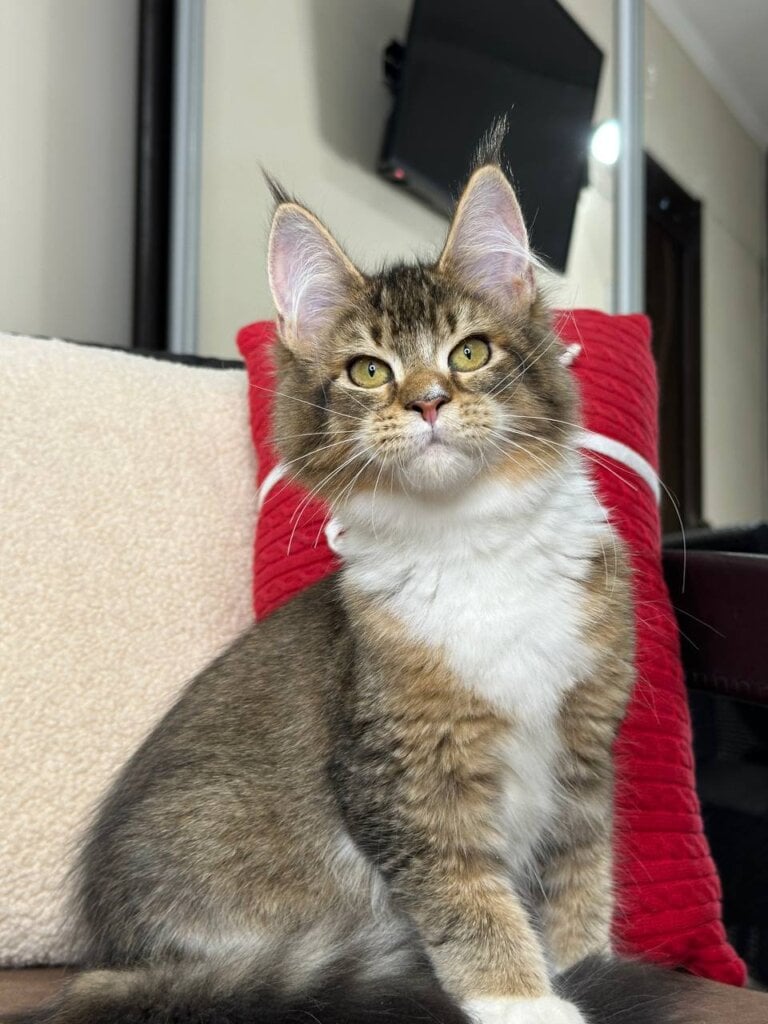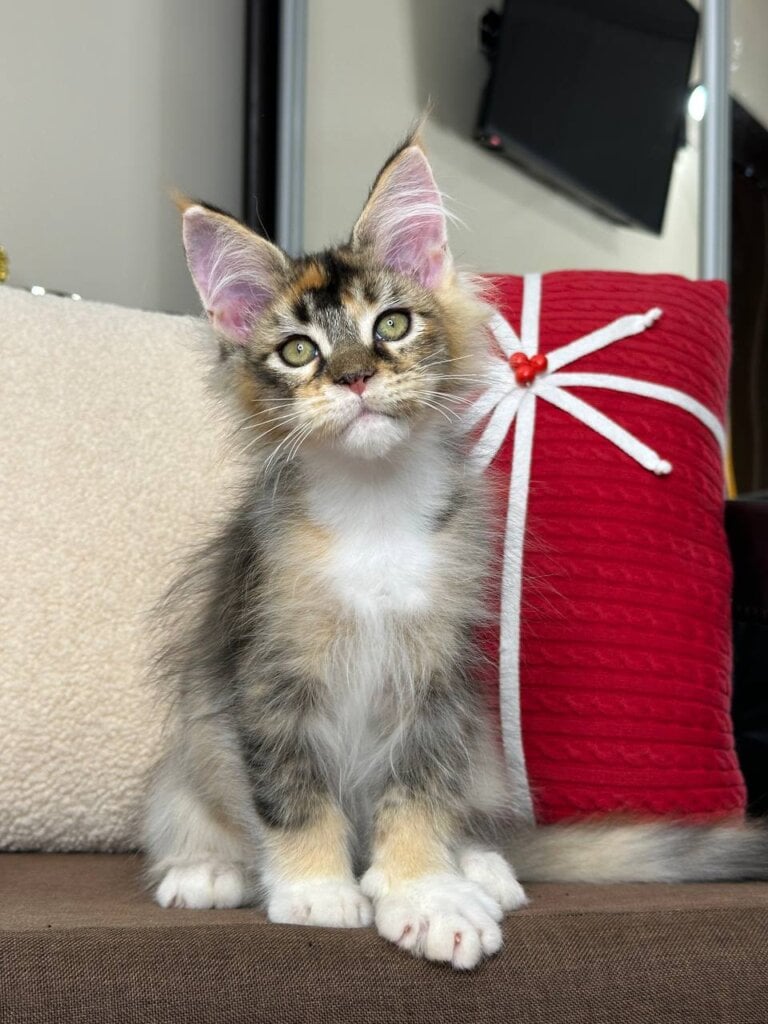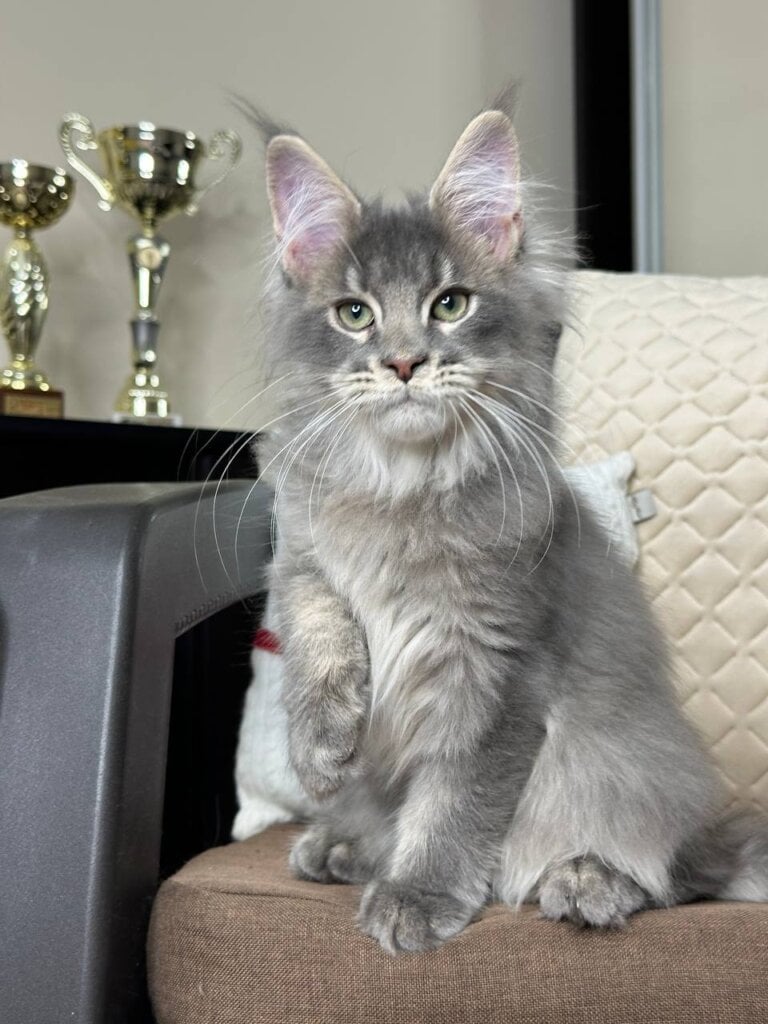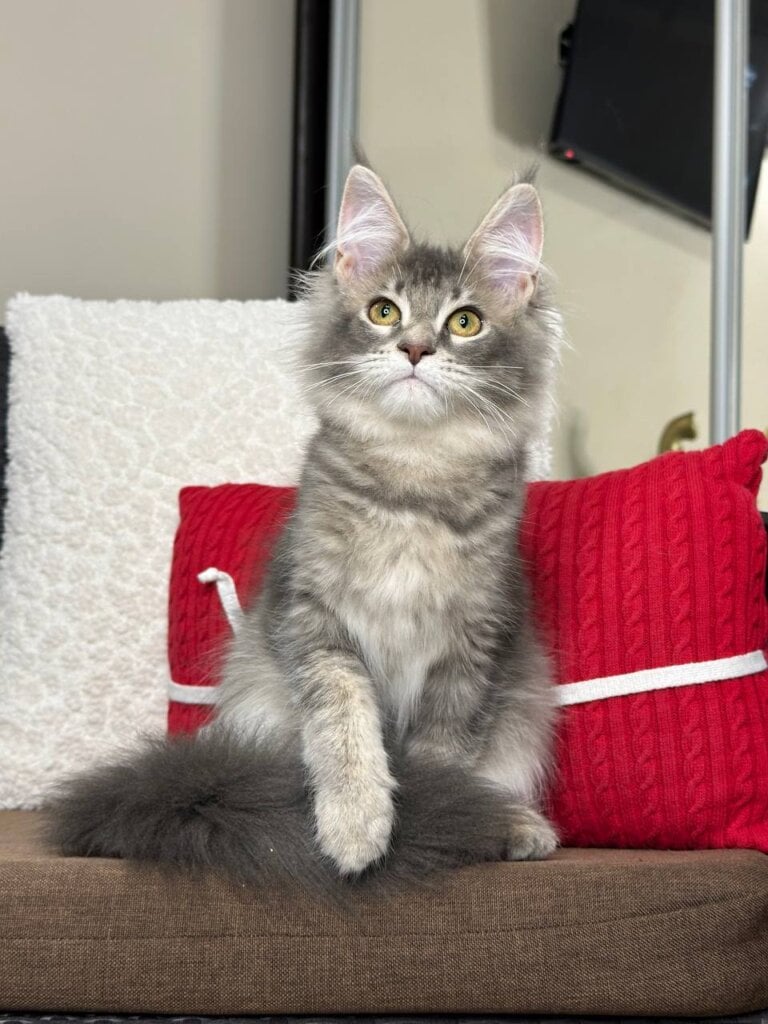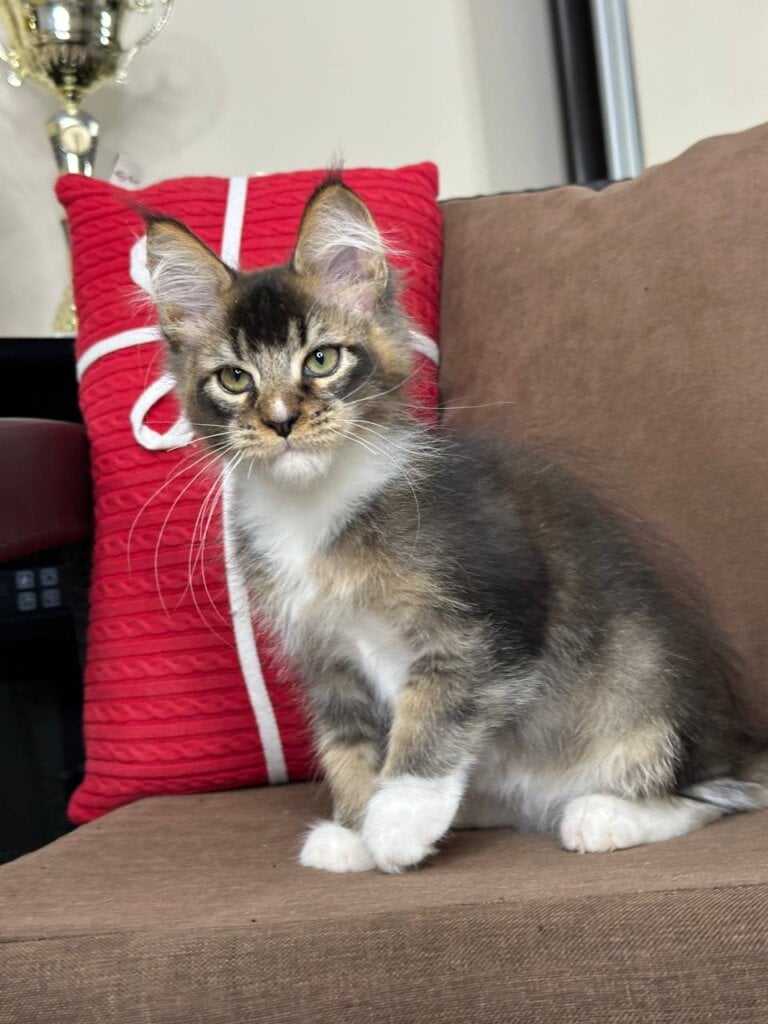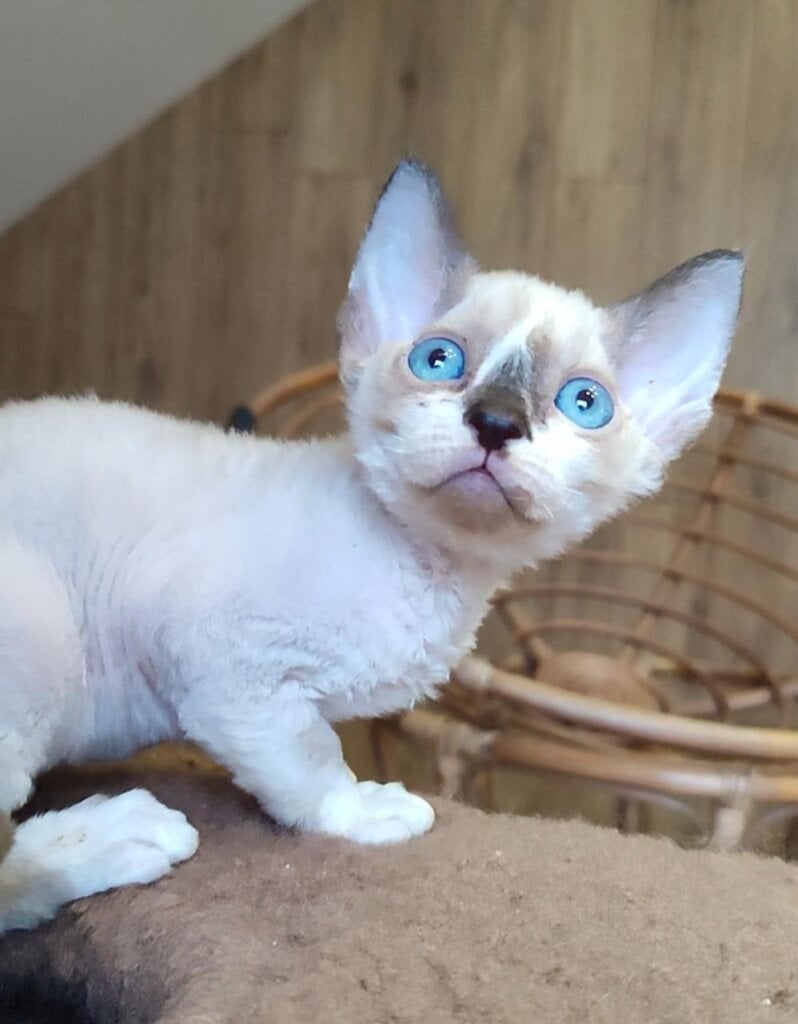Typically a British Shorthair cat costs $1,500 to $3,500 in the US, with prices based on bloodline, color and breeder reputation. These cats are known for their plush coat, round face, and placid temperament. Reliable breeders will present health checks, provide assistance, and communicate information about each kitten’s beginning. To get a happy, healthy British Shorthair, understanding what dictates the price lets families plan with confidence.
The British Shorthair Price Tag
British Shorthair cats are in high demand and their price is dependent on a number of key factors. You may find kittens for as little as $700, but most families pay $1,500-$3,000 when purchasing from quality breeders. Think adoption or rescue, which can further decrease cost. Beyond that, everyday maintenance is a big part of your investment.
- Breeder quality and reputation
- Pedigree and documentation
- Coat color and pattern
- Geographic location
- Age and gender of the cat
1. Breeder Quality
A breeder’s care standards influence your British Shorthair price and health. Reputable breeders, particularly those who are members of international clubs, conduct comprehensive health screenings and maintain ethical standards. That translates to less medical problems and a closer fit for families with children or other animals.
Costs can vary significantly, even among trusted breeders. A few might ask a higher price if they provide additional health guarantees or maintain fewer litters to prioritize kitten health. Reviews help identify breeders who honor their promise. See if they provide long term support, clean paperwork, and healthy kittens by looking for reviews from people who purchased from them.
2. Pedigree Papers
Pedigree papers provide proof of lineage. They’re most important for those desiring show-quality felines or who intend to breed. These papers verify that your cat’s heritage and that it adheres to breed standards. Look to pay extra for kittens with full pedigree papers.
For the majority of families, pedigrees are less important. If your priority is a friend, you go for a paperless kitten and save money. Some breeders charge less for babies headed to loving beds, not show rings.
3. Coat & Colour
Certain color and pattern combinations are pricier. Classic blue-gray is typical, but uncommon variants such as lilac or chocolate can cause prices to rise. Patterned coats-such as bi-color or colorpoint-can carry an additional fee. If you’re willing to pay a bit more, breeders can charge a premium for kittens with rare characteristics.
Consider if you want a certain appearance or if character is the deciding factor. There’s no correct response-choose what suits your family best. Sometimes, color can narrow your options and push up the cost.
4. Geographic Location
Where you live alters what you may pay. Big cities are usually more expensive because of demand. Rural areas can be cheaper, but you have less options. Price comparison between regions lets you discover great deals.
Don’t forget shipping if you’re purchasing from a distance.
5. Age & Gender
Kittens will nearly always be more expensive than adults. Since younger cats are more in demand, breeders charge more. Gender could have a minor part, based on breeder/buyer preferences.
Senior cats or rescues tend to be more affordable and can be a wise option for certain households.
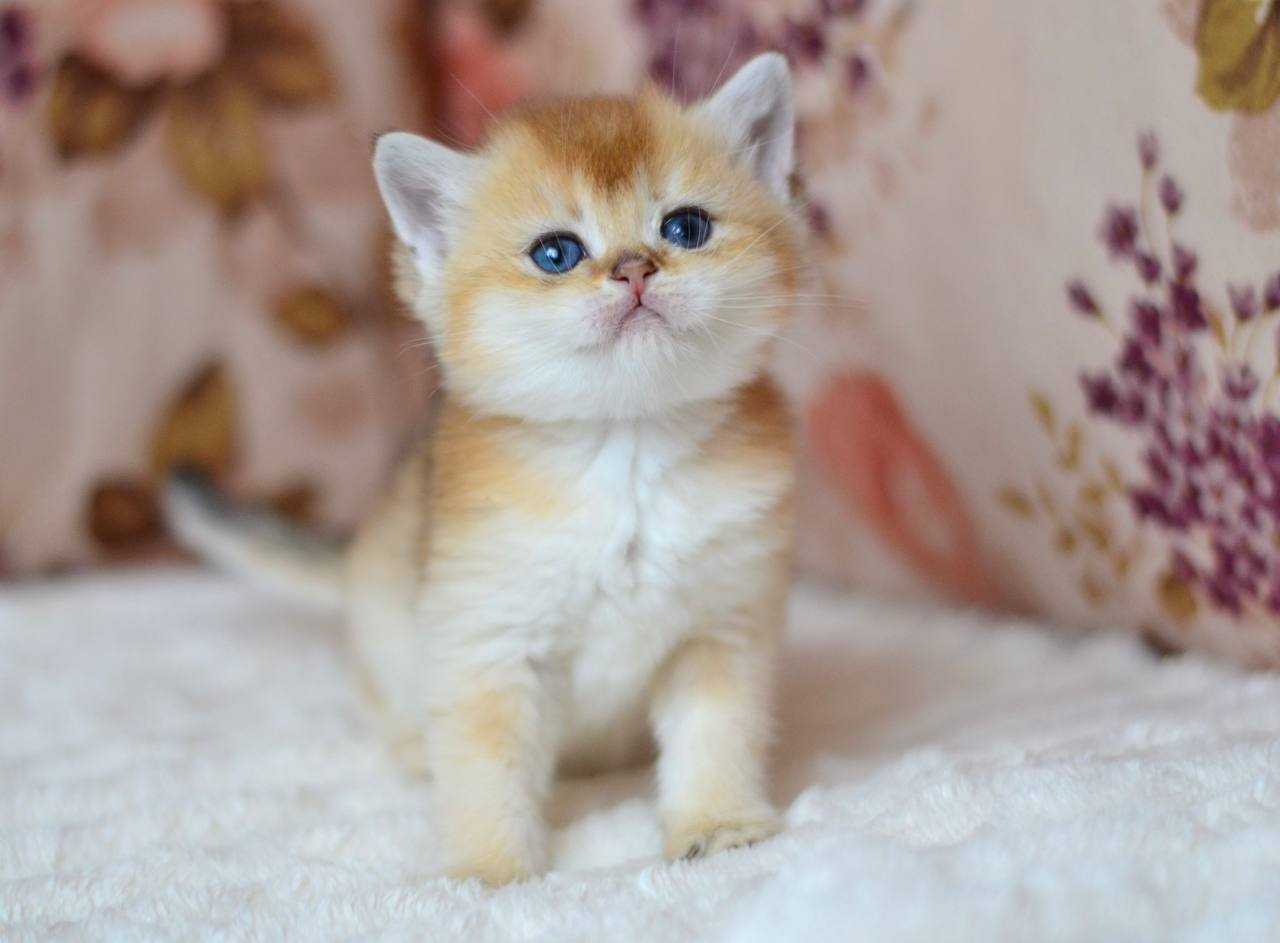
Adoption: A Different Path
The adoption of a british shorthair cat might be a frugal and purposeful means of inviting a new partner into your life. Though a lot of folks think they’re ‘doing something great’ by adopting, it’s really just giving a deserving cat a second chance and promoting responsible cat ownership. Although adoption fees are often less than purchasing from a breeder, the path may be different if you’ve got your heart set on a British Shorthair because they’re not returned to rescues very often.
Rescue Centres
Local rescue centers and the likes occasionally have purebreds, including British Shorthairs, but these are few and far between. Locating a British Shorthair at a shelter can require perseverance, and even looking beyond local shelters to breed or regional rescues. Adoption from these centers is generally a bit of a process that verifies fit between you and the cat – they want to place pets where they’ll flourish.
Application, home visit and sometimes even interview are part of the adoption process. Rescue centers charge from $120 to $630 based on the cat’s age, health and location. Most rescues incorporate spay or neuter surgery, vaccinations and microchipping in the fee, which is a huge value and saves you time and money down the line. A few even offer continued assistance, assisting you with integrating your new companion into your household. Health and behavior checks are typical, so you have an idea of what your cat’s disposition will be and if they have any unique needs.
Rehoming Fees
Rehoming fees may vary significantly, depending on the cat’s age, history and health. A few British Shorthairs can be rehomed for only $100, while others go for a few hundred dollars – British Shorthairs that are young, healthy and purebred would be in the high end of that range. These fees often cover the basics: food, initial vet checks, spaying or neutering, and sometimes even a starter kit with a litter box and toys. This makes adoption not only cost-effective but convenient for new cat parents.
You’re wise to compare the rehoming fee to what you might write a breeder, where British Shorthair kitties can run into the thousands. When you adopt, you jump some of the surprise costs, as many health checks and vaccinations are completed. There will still be supplies, with up-front expenses for a litter box or crate and toys beginning at around $350. Ongoing care, with food, litter, and insurance, can come in between $120 to $630 per month, so it’s nice to plan ahead.
Decoding Breeder Pricing
<< Breeders don’t price British Shorthair kittens on just appearance alone. It’s a combination of health, care, ethics and the breeder’s efforts in the background. Here’s a clear breakdown of what goes into the cost:
| Factor | How It Impacts Price |
|---|---|
| Health Screenings | Adds to cost but reduces risk of disease |
| Socialization | Raises price, improves temperament |
| Ethical Practices | Higher price reflects investment in welfare |
| Bloodline | Rare lines or pedigrees often mean higher prices |
| Location | Some regions have higher demand or transport costs |
| Coat Color | Rare colors can boost price |
Health Screenings
Health checks are a must for British Shorthairs. Breeders check for genetic and viral ailments to give kittens a leg up. It’s not inexpensive, but that translates into less vet bills in the future and more opportunity for a long, healthy life.
Expanded health screenings can add to the cost, pushing a kitten’s price nearer to €2,300. More money at the onset on the surface, but avoiding this can result in costly care down the road. Ask the breeder what tests they run and demand to see proof of results. It is well worth the investment for your sanity.
Socialisation
Early socialization forms a kitten’s character. Well-socialized kittens are less likely to have stressful transitions, can deal with strangers, and form deep attachments with families. Breeders who put time into hands-on socialization-gentle handling, play, exposure to household sounds-generally see that in their price.
It’s not just a nice cat, it’s establishing the kitten’s entire destiny. A people-accustomed, home-accustomed kitten’s way easier to assimilate, which makes the entire process more graceful for everyone involved. If you want a cat to fit right in, inquire about the breeder’s litter socialization.
Ethical Practices
Good breeders care about what’s best for their cats. They don’t skimp and provide proper housing, nutrition, and care. So a premium price, typically €1,500–€2,500, means your kitten originates from a protected source.
Good breeders give back to the breed by selecting healthy, sound parents. That’s how you keep the breed strong for the future. When you pay a premium for a kitten from a responsible breeder, you’re rewarding positive behaviors that benefit feline welfare globally.
Other Price Factors
Bloodline, color and pedigree will make prices leap. Rare colors make some kittens pricier than others. British Shorthairs run around €110–€580 per month, with supplies and vet care accumulating over time. Neutering or a microchip is a tiny, one-time add-on.
Your First Year’s Budget
An intelligent budget for your British Shorthair’s first year anticipates both upfront and ongoing expenses. It’s not just the adoption fee–what are all the supplies, the medical, pet insurance. Budget for everything to keep surprises at bay. This foundation configures your long-term expenses and allows you to customize for your specific requirements.
Initial Supplies
- Litter box and liners (refills every 2-3 weeks)
- Food and water bowls
- Scratching post or pad
- Carrier for transport
- Quality toys and interactive play items
- Litter scoop and deodorizing spray or granules
- Bed or resting cushion
- Grooming tools (brush, nail clippers)
- High-quality cat food (dry/wet)
- Treats
You’ll want to budget $150-$400 for supplies. Litter box liners can run $3 a month, deodorizing spray around $10 a month, and food costs range from $20 to $100 a month, depending on how much you feed and what quality you choose. Purchasing basics such as food, litter or even toys in bulk can save a bit and eliminate repeat store visits. Some families invest in a pet bed and scratching post in month one, while others purchase additional enrichment toys further down the line. Alter your shopping list as you become familiar with your cat’s habits and tastes.
Vet Visits
Regular vet care is a necessity in your first year. Anticipate an initial wellness exam, vaccinations, parasite prevention, and microchipping. Yearly check-ups may be $100-$300, but first year visits can accumulate quickly – especially for kittens who require extra boosters. Spaying/neutering is anywhere from $50-$500 depending on your location and your vet’s prices. Emergencies do arise, therefore include a margin for the unexpected – just in case your feline swallows something weird or comes down with a cold. You may have to pay for dental cleanings or flea treatments, which can rocket your total upwards.
Insurance
Pet insurance is one to consider early on. Plans can range from $10 a month to $50 or more, depending on coverage and area. The right policy helps buffer huge bills for unforeseen sickness or accidents-British Shorthairs are healthy, but no feline is accident-proof. Some cover regular care and some only emergencies or unique treatments. Shop around, check the details and select what works for your budget and comfort. A lot of owners sleep better with a peace of mind that they’ve got support with unexpected expenses.
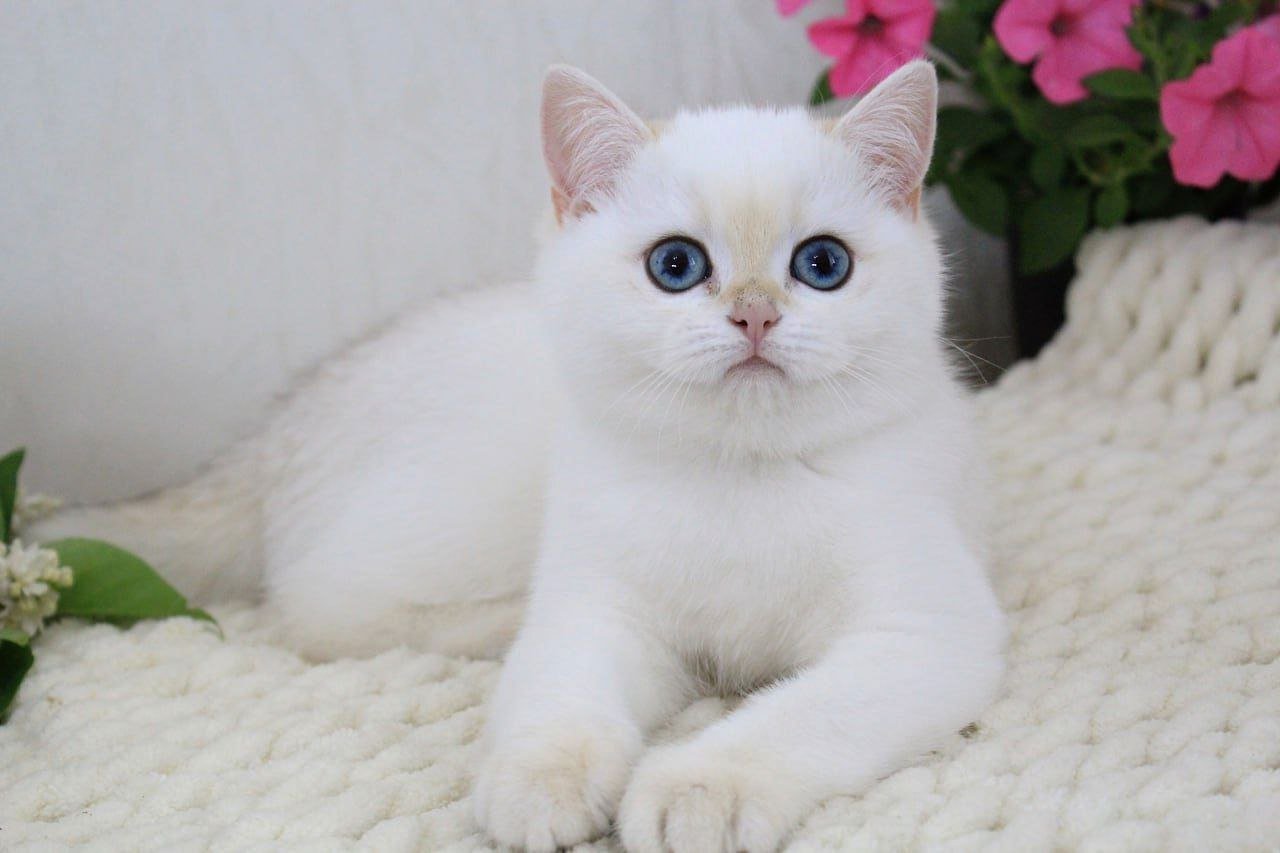
Ongoing Ownership Expenses
The price of ownership for a British Shorthair extends beyond the initial purchase. On a monthly basis, cat owners should anticipate consistent costs that maintain their pet’s well-being. These expenses vary based on your cat’s individual requirements, lifestyle, and age. You need to track your ongoing ownership expenses, and adjust your budget as those needs shift.
- Food and treats: $40–$155 per month
- Litter and litter box: $10–$550 per year
- Grooming supplies or services: variable
- Annual veterinary care: $200–$390
- Emergency veterinary visits: $1,120–$1,495 per event
- Preventive treatments and medications: variable
Nutrition
Planning to buy premium cat food is essential to your cat’s health. British Shorthairs require diets with sufficient protein and nutrition. Food is anywhere from $40 for middle-of-the-road brands to $155 for gourmet or prescription diets. Should your cat get sick, prescription foods can be far more expensive. Treats and supplements increase nutrition expenses, particularly if you rely on specialty snacks or vitamins to maintain your cat’s joints or coat. As cats get older their nutritional requirements change. Kittens, adults and seniors all need different food formulas, so anticipate your spending to shift throughout your cat’s lifetime.
Grooming
- Do: Brush your British Shorthair once or twice weekly.
- Do: Use a soft-bristle brush or grooming glove.
- Do: Check and clean ears as needed.
- Don’t: Bathe unless advised by a vet.
- Don’t: Use scented or harsh human products.
Some owners (especially during shedding seasons) use professional groomers. This contributes to the budget, but lots of folks opt for DIY grooming to cut costs. DIY grooming suits the British Shorthair, since their short, dense coat is low-maintenance. Spend the little extra on quality grooming essentials-brushes, nail clippers, and soft wipes. These are one-off expenses but should be accounted for in your initial budgeting.
Health Care
Annual vet visits for routine care and vaccinations run $200–$390. Then there’s preventive medicine such as flea and wormers which can contribute to this. Cats with ongoing health needs like daily medication or prescription food will be more expensive. Younger cats and kittens may require more frequent checkups and shots, which bumps up expenses in the early years. Senior cats tend to require additional care and could develop long-term ailments, thus expect expenses to increase as your cat gets older. Emergency vet visits are super expensive – they cost between $1,120 and $1,495 per incident. It’s smart to earmark an emergency fund so you don’t suffer the financial strain should a health crisis strike.
Adjusting Your Budget
Do an expense review every six months. Refresh your plan if your cat’s requirements evolve. Request from your vet cost saving advice. Reserve a little for surprise expenses.
The Unseen Investment
A British Shorthair is worth more than the price. It’s a continual investment of your time, your home and your heart. The actual price is a mix of function and the strong connection you have.
Your Time
Looking after a cat on a daily basis is no trivial matter. You’ll invest time in feedings, cleaning the litter (that alone runs a few bucks a month) and tidying up. Playing is essential – not only to entertain but to maintain your cat’s health and happiness. British Shorthairs live for daily interaction, and they require your presence.
Training is another yet unseen investment. Getting your cat to use the litter box, scratch the correct post, or leave the kitchen counter alone all requires patience. These little moments every day stack up quick. When you provide regular focus your cat grows up self-assured and balanced.
Schedule social time, as well! Cats appreciate routine, and they feel most secure when you’re nearby. If you travel frequently or have extended work days, consider who will watch your cat in your absence. Your time is just as valuable an investment as your money.
Your Home
Your apartment will never be the same with a British Shorthair afoot. Prior to bringing your cat home, establish sleeping, eating and playing locations. A safe, comfy perch for a cat tree or scratching post is smart. Litter boxes require privacy and must be easy to clean, which is why locating the proper area is important.
Maybe rearranging some breakables or stashing cords to keep inquisitive kitties out of trouble. Prepare to swap out grooming tools here and there, and reserve room for nail trims or brushing. If you want to maintain your belongings, expect some home-proofing.
Your house is where expenses stack. Food itself can cost you around $50/month if you select the finer brands. Litter, toys and the occasional trip to the groomer for nail trims ($10–15 a pop) are other costs to consider.
Your Heart
Bringing home a British Shorthair is a big step for your heart. It’s hard not to fall in love with their serene demeanor. Every single cat has their quirks and habits – certain ones are obsessed with play, some just want to cuddle up next to you.
Bonding is time. Sometimes that means waiting when your cat is timid or slow to come out of their shell. The prize is a comforting, joyous, enduring friendship.
You’ll sense the presence of your cat on a daily basis. Almost every owner talks about how their cat relaxes them, relieves stress, and makes the house a home.
The Priceless Value
Owning a British Shorthair is about much more than statistics. Additional expenses have a knack for rearing their head, particularly as your cat gets older-veterinary expenses, special diets, or pet insurance, to name a few. While some folks seek out bargains, responsible breeders who are invested in health and temperament are a game changer.


